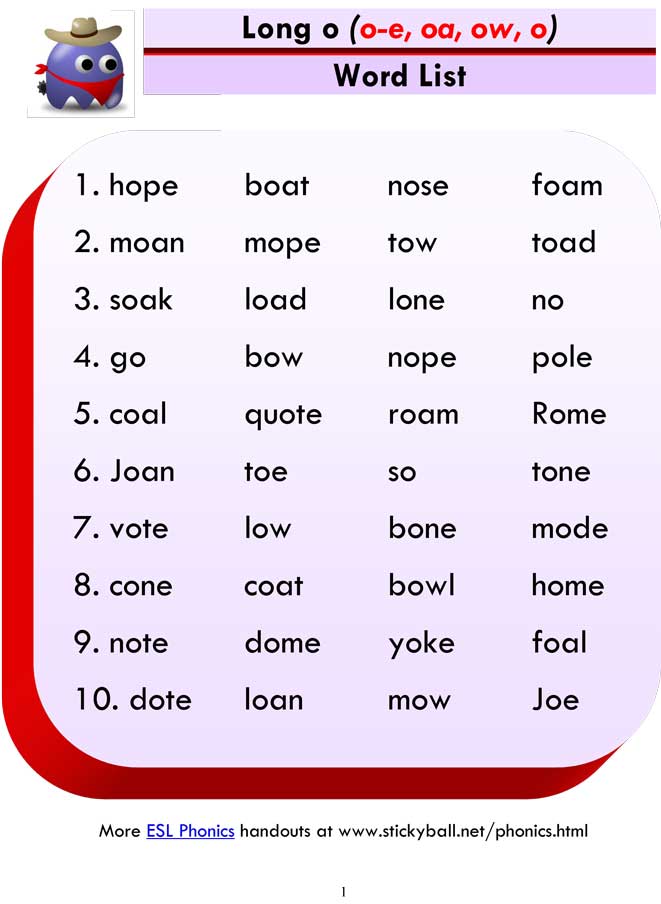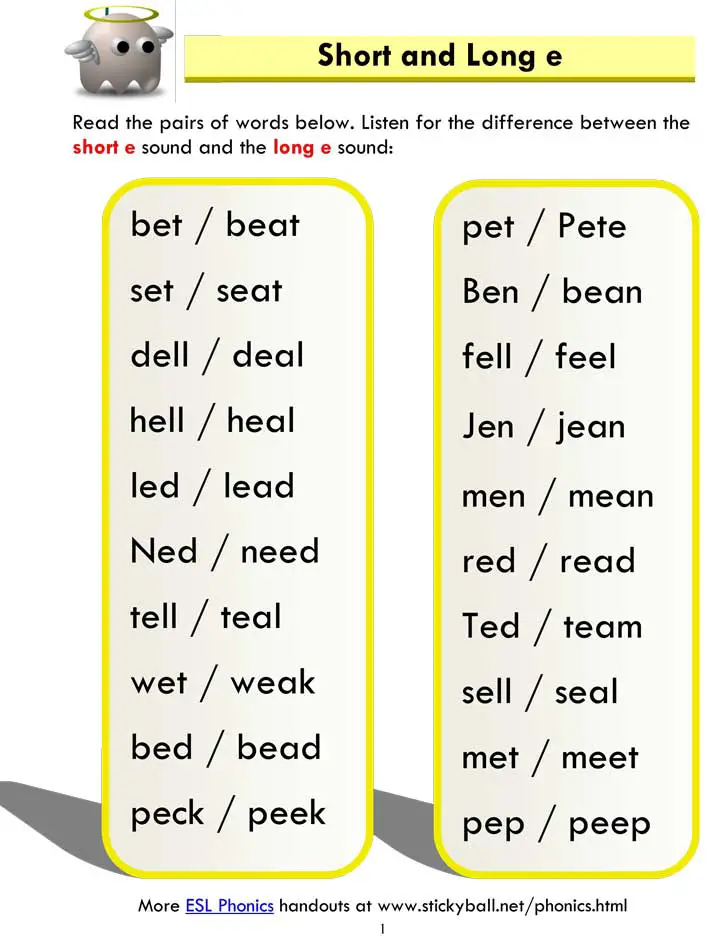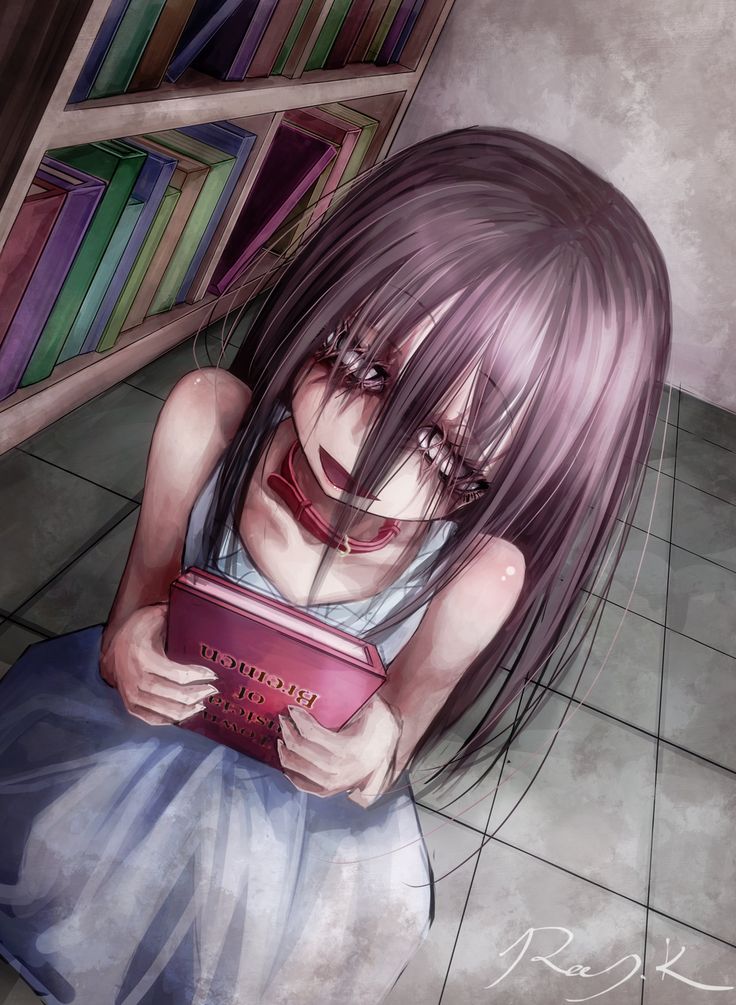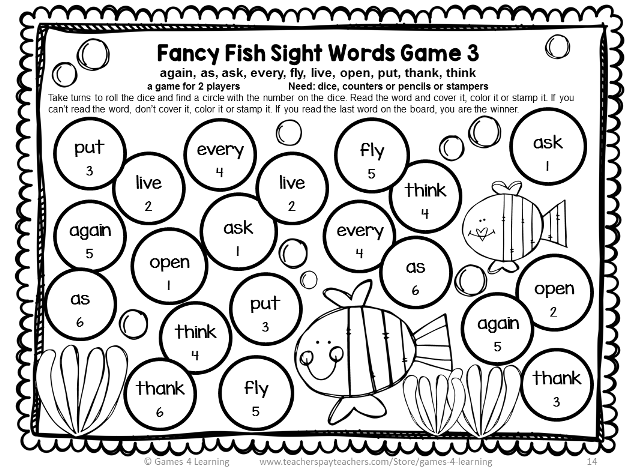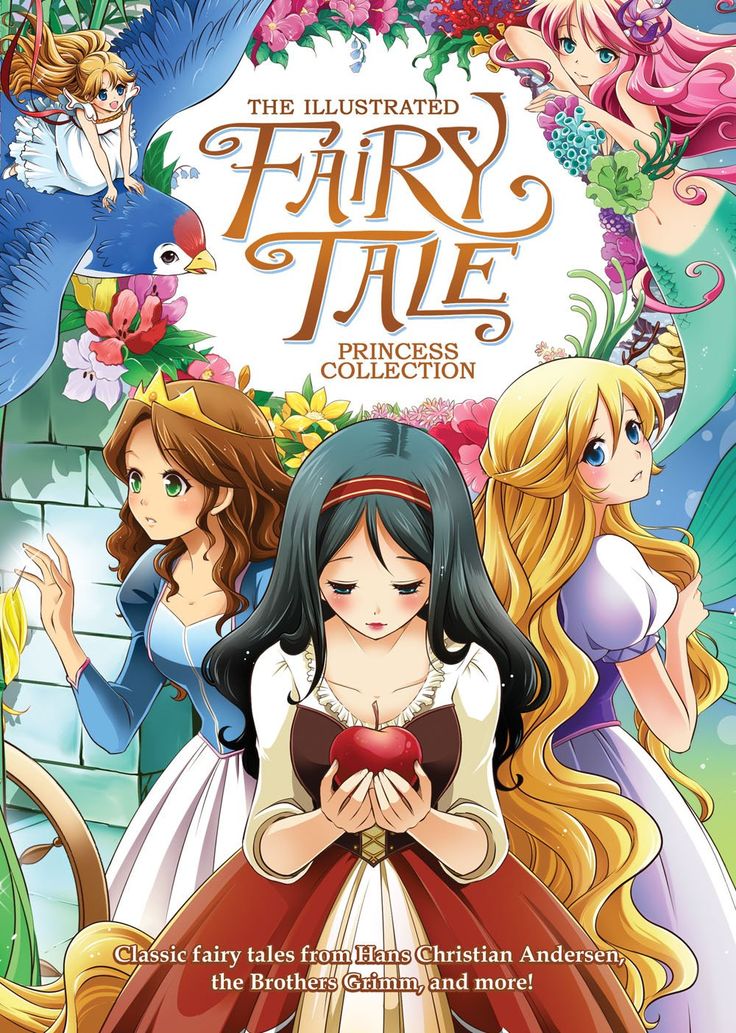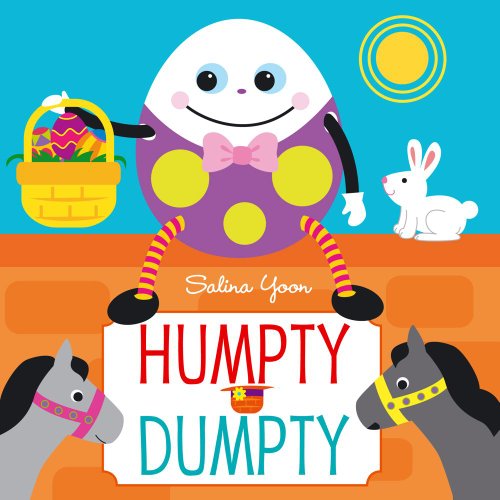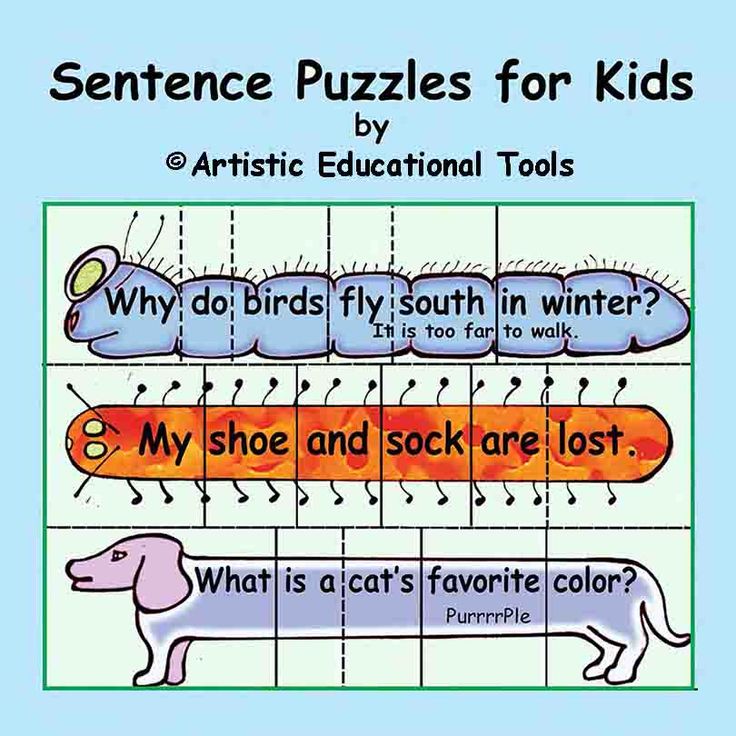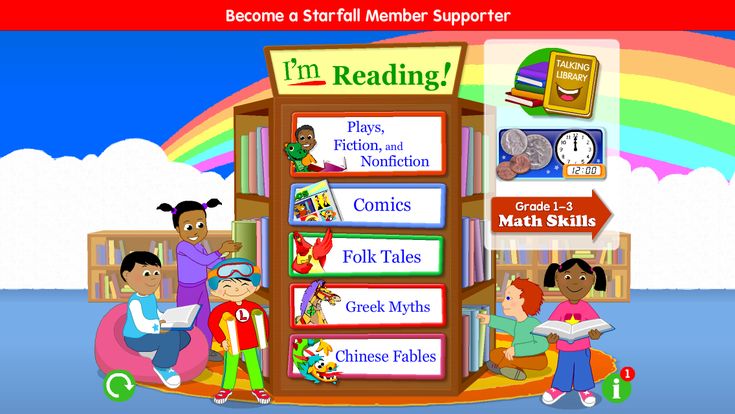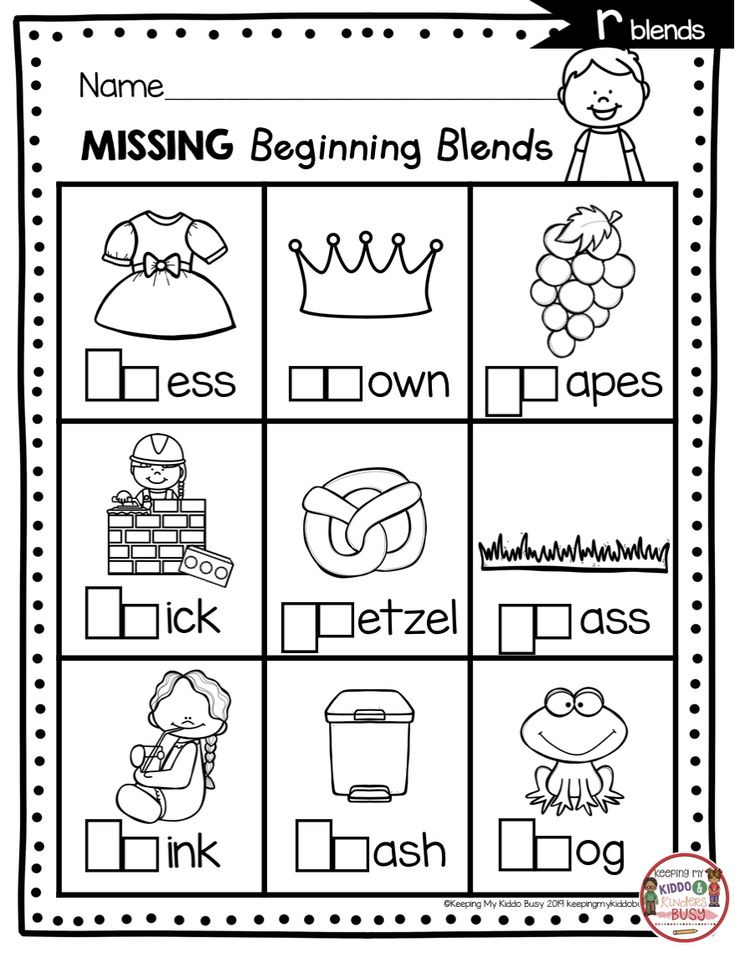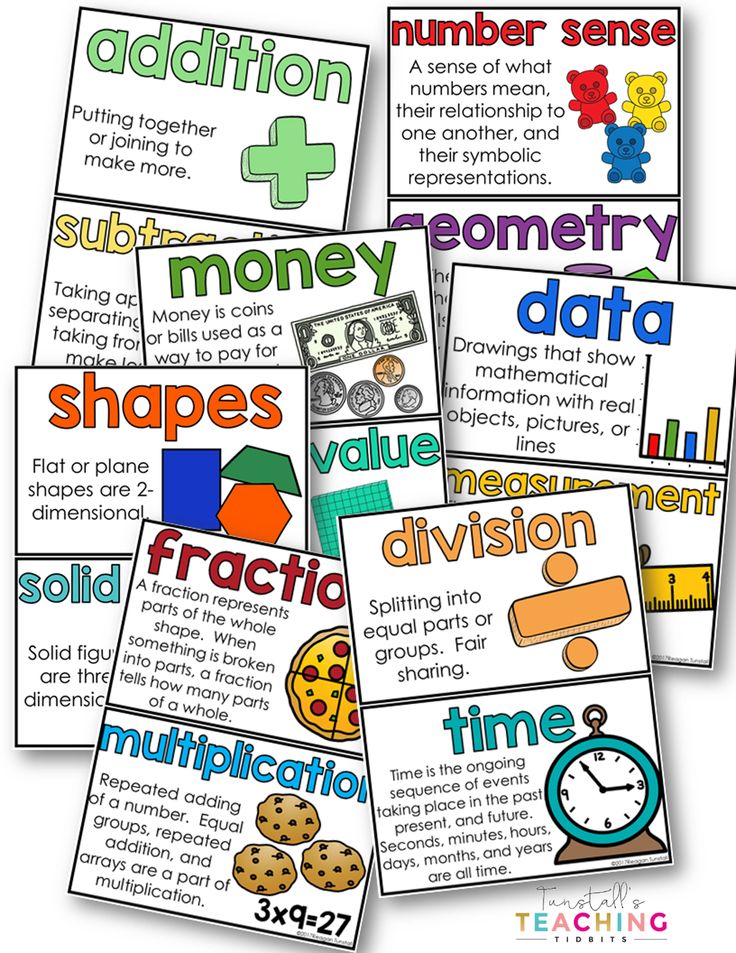Long vowel i sound words list
173+ Long i Vowel Sound Words (Free Printable List)
Grade 1 | Grade 2 | Long Vowels | Vowels
ByKatie
This post may contain affiliate links. Please see our disclosure policy.
Learn all about long i and the six ways to spell the long i vowel sound: i, i-e, igh, y, y-e, and ie. You will also snag your own free printable list with 173 words with long i vowel sounds!
Get a new freebie every week!
Table of Contents
- All About Long i
- Long i Sound Words
- FAQ & Info
- Related Posts
- Download & Print
All About Long i
Just as with all long vowels, the long vowel sound is the same as the letter name.
- Long a says /ā/ like acorn.
- Long e says /ē/ like equal.
- Long i says /ī/ like ice.
- Long o says /ō/ like ocean.
- Long u says /yoo/ like unicorn, OR /oo/ like ruler.
I usually teach my students a little jingle to remember the sound long vowels make. We pound on the table and chant, “Long vowels say their names.” My students really respond positively to this, and it helps them to remember the sounds of long vowels!
Long i can be spelled 6 different ways: i, i-e, igh, y, y-e, and ie. All of these spelling patterns can result in the long i vowel sound. Examples include:
- i like lion.
- i-e like bike.
- igh like light.
- y like fly.
- y_e like type.
- ie like pie.
Long i Sound Words
👉 Scroll to the bottom to download our free, comprehensive long i word list PDF!
i – Open Syllable Words & Wild/Old Words
The letter i by itself will say its long sound when it is the last letter in a syllable.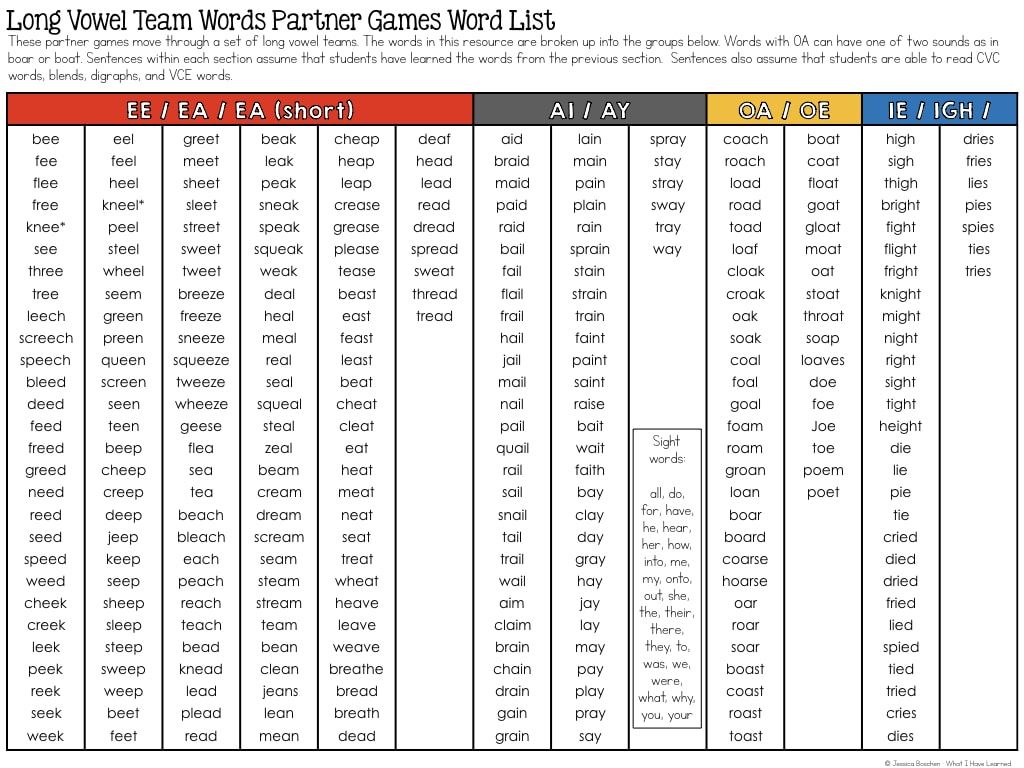 This is called an open syllable. Think about words like hi,
li/on, and pi/lot. Since the syllables end in the single letter i, the vowel will make its long i sound.
This is called an open syllable. Think about words like hi,
li/on, and pi/lot. Since the syllables end in the single letter i, the vowel will make its long i sound.
👉 Exceptions: We also hear the long i sound in many common, but irregular closed syllable words that break the rules.
These ‘exceptions to the rule’ are one-syllable words that end in -ild, -ilt, -ind, and -ist. These are sometimes referred to as Wild, Old Words.
Words with open syllable and wild or old words with long i sound:
| lion | kind | climb | hi | quiet | silent |
| I | find | blind | idea | science | bicycle |
| I’m | mind | mild | Friday | iron | Simon |
| I’ll | child | pilot | behind | giant | spider |
| I’ve | wild | item | finally | library | final |
| I’d | sign | trial | decide | China | tricycle |
i-e (Long i with Silent E)
This pattern follows a VCe pattern and results in the letter i saying its name.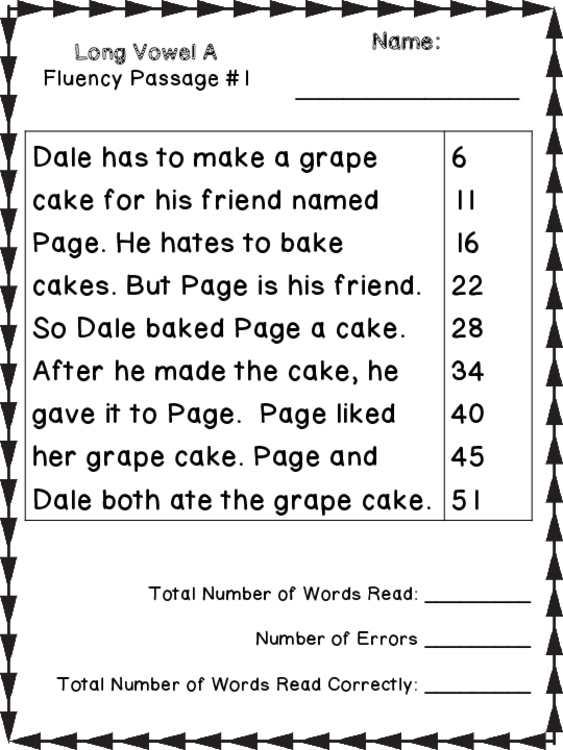
Use the sight word ‘like’ to teach this spelling pattern. Write it on the board and ask your students to read it. Because this word is usually one of the first sight words children learn, they should know it automatically.)
Follow this general script:
- Teacher: Tap the sounds you hear in the word like. How many sounds do you hear?
- Students: /l/ /ī/ /k/ = 3 sounds.
- Teacher: But we see four letters! When we see i-consonant-e pattern in words, the i will say its long sound. That’s why ‘like’ has a long vowel sound in the middle. Without the letter e at the end, it would say ‘lick.’ Now imagine you raised your hand in class and said “I like my dog.” That magic e at the end is so important because, without it, my sentence would say “I lick my dog.” (Kids always get a hoot out of using this example in a sentence.)
Words with long i with silent e with long i sound:
| bike | smile | bride | exercise | alive | likely |
| time | ride | five | sometime | arrive | provide |
| file | mine | lime | inside | describe | excitement |
| side | kite | slide | outside | combine | aside |
| like | hide | slime | surprise | realize | organize |
| pipe | bite | write | decide | alike | despite |
igh – Vowel Team
Refer to this spelling pattern as “igh – 3 letter i. ” It’s a three-letter vowel team. This phonogram is totally irregular and cannot be sounded out.
” It’s a three-letter vowel team. This phonogram is totally irregular and cannot be sounded out.
We learned from The ABC’s and All Their Tricks that this spelling is actually a remnant of Old English and Old German, which is why it looks so strange to us!
Words with vowel team igh with long I sound:
| light | fight | knight | flashlight | highest | moonlight |
| right | sight | fright | higher | lightning | upright |
| might | tight | Dwight | tonight | mighty | eyesight |
| night | sigh | twilight | fighting | highway | sightsee |
| high | slight | tighter | frighten | midnight | skylight |
| bright | flight | fortnight | sunlight | delight | tighten |
y – Vowel
Remember told old saying: “A, E, I, O, U and sometimes Y.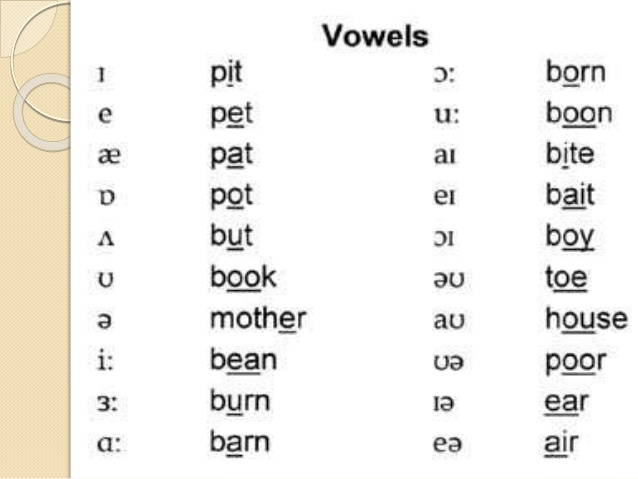 ” Well, let’s teach our students the rules for when the letter y actually is considered a vowel. They can know for sure when that “sometimes” really occurs.
” Well, let’s teach our students the rules for when the letter y actually is considered a vowel. They can know for sure when that “sometimes” really occurs.
👉 Y is considered a vowel when it comes at the end of a syllable or word.
👉 When Y is at the end of a root word, it makes the long i sound.
Multisyllabic words where the vowel y makes the long I sound:
| fly | dry | dying | drying | deny | nylon |
| by | myself | shy | satisfy | multiply | occupy |
| my | cry | reply | hydrogen | magnify | cyclone |
| why | sly | spy | butterfly | neaby | modify |
| try | lying | thy | classify | Wyoming | recycle |
| sky | July | defy | apply | cyclops | tyrant |
y-e (Long Y with Silent E)
When y is in the middle of a word, it is also considered a vowel.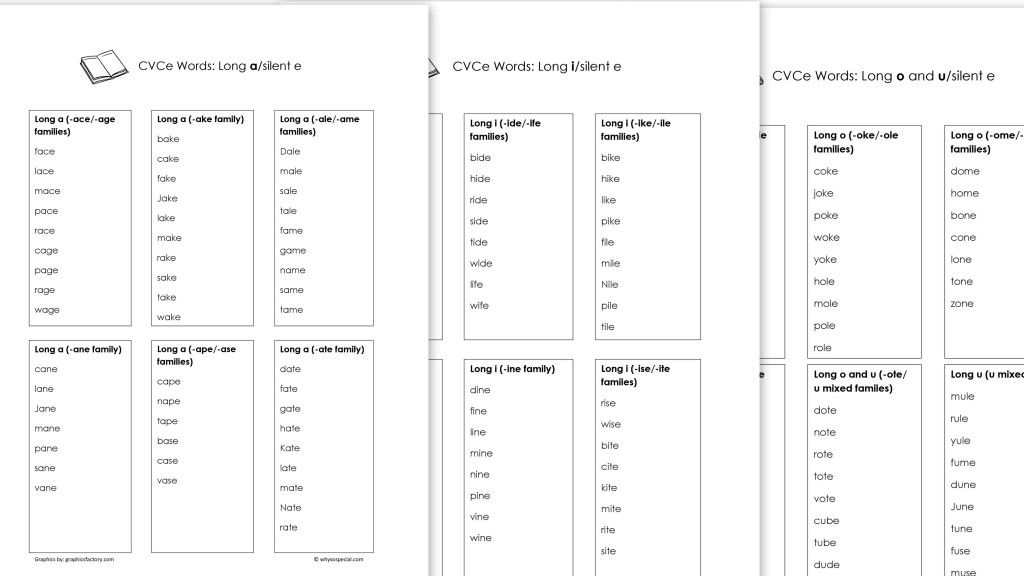
When a syllable follows a y-consonant-silent e pattern, the y makes the long i sound. Many of these words come from Greek, and the y makes the sound of i.
| type | lyme | Bryce | style | analyze | genotype |
| hype | Clyde | byte | typewriter | archetype | freestyle |
| Kyle | hyde | thyme | paralyze | argylye | gigabyte |
| lyme | Lyle | tyke | enzyme | hairstyle | mistype |
ie – Vowel Team
IE is a vowel team. When it comes at the end of a root, it makes the long vowel i sound.
There are only a handful of words that include this vowel team, so teaching these four words together as a word family may be a better approach than teaching and reviewing the vowel team.
| pie | die | lie | tie |
FAQ & Info
What are the best ways to teach long vowels?
Begin by solidifying the difference between long and short vowels.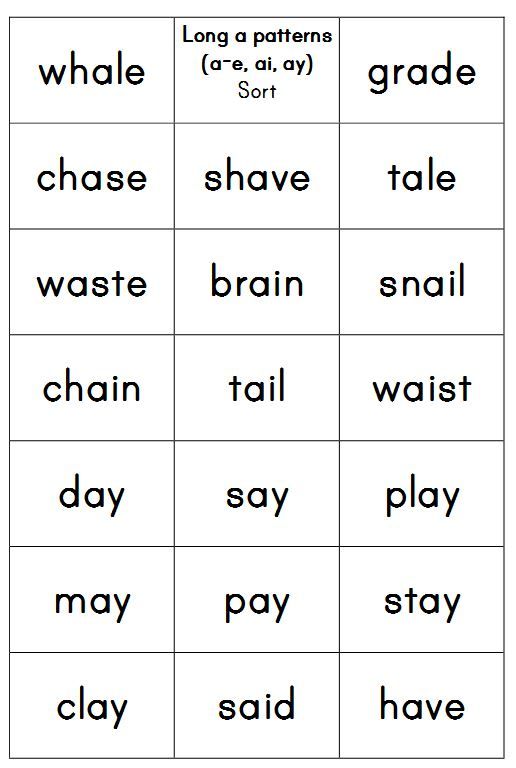 Use hands-on activities, manipulatives, and orthographic mapping activities. Vowel sorts are also great activities.
Use hands-on activities, manipulatives, and orthographic mapping activities. Vowel sorts are also great activities.
Should I teach all long vowel spellings at the same time?
You should not teach all long vowel patterns at the same time. Follow a scope and sequence that targets skills systematically to build a solid foundation.
Do I use all the words on the Long Vowel Word List?
Only choose words from the list that follow the phonics skills you’ve already taught. For example: When teaching the long y spelling for long i, do not use the word “city” with students if you haven’t already taught the soft sound of c says /s/.
Related Posts
👉 Get the rest of the printable Long Vowel Word Lists: Long A, Long E, Long O, and Long U!
- Long & Short Vowel Sorts
- Silent E Worksheets
- Magic Wand Silent E Printable
Download & Print
We hope you can use many of the words on this list as you teach the long i vowel sound.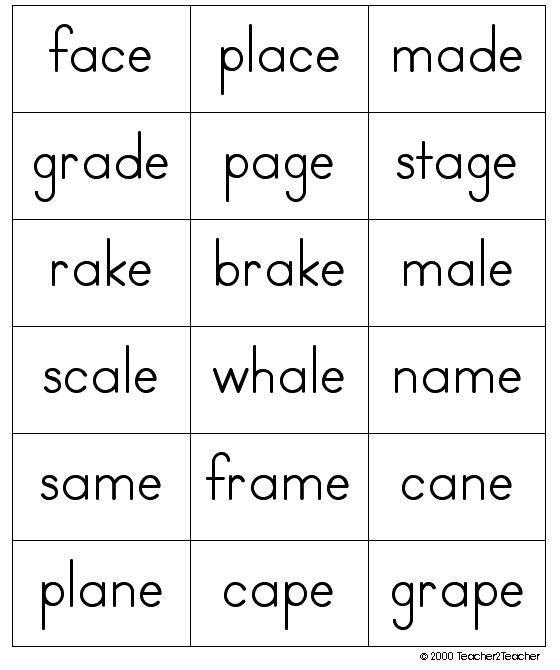 Please comment below or tag us on Instagram @Literacylearn to tell us your best tips for teaching long i.
Please comment below or tag us on Instagram @Literacylearn to tell us your best tips for teaching long i.
Subscribe and Never Miss a Freebie!
DOWNLOAD TERMS: All resources and printables are designed for personal use only. Each person must visit this site and download their own copy for use.
*Do not: Share or reproduce our resources on the web, upload to a shared drive, email the file, or make photocopies for anyone outside your own home or classroom.
*Please do: Share with others by distributing the link to the blog post or by using the social share links provided. This allows us to keep making free resources for everyone! If you have any questions, please email us. Thank you!
Long Vowel Sounds: Word Lists & Activities
Phonics | Spelling
ByDelilah Orpi
This post may contain affiliate links, and I will earn a commission if you purchase through these links.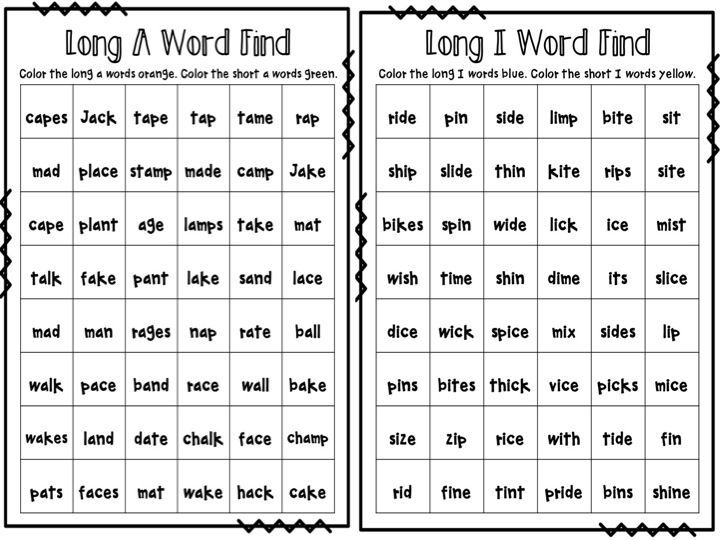 Please read the disclosure policy for more details.
Please read the disclosure policy for more details.
Sharing is caring!
- Share
- Tweet
In this post, I’m breaking down long vowel sounds (or long vowel words) to help you teach them when working with struggling readers and spellers.
Looking for long vowel word lists? Download all 5 of my pdf long vowel sounds word lists in my freebies library by joining my email list below.
What is a long vowel sound?
Long vowel sounds are vowels that are pronounced the same as their name. You’ll often hear teachers say that long vowels “say their name”.
Long vowels are very common but they can be tricky because there are so many spellings for each long vowel sound.
There are actually 4 ways to make long vowel sounds:
- Vowels at the end of a syllable make the long sound. For example, in the words me and halo (ha-lo) the vowels are all at the end of a syllable so they make the long sound.
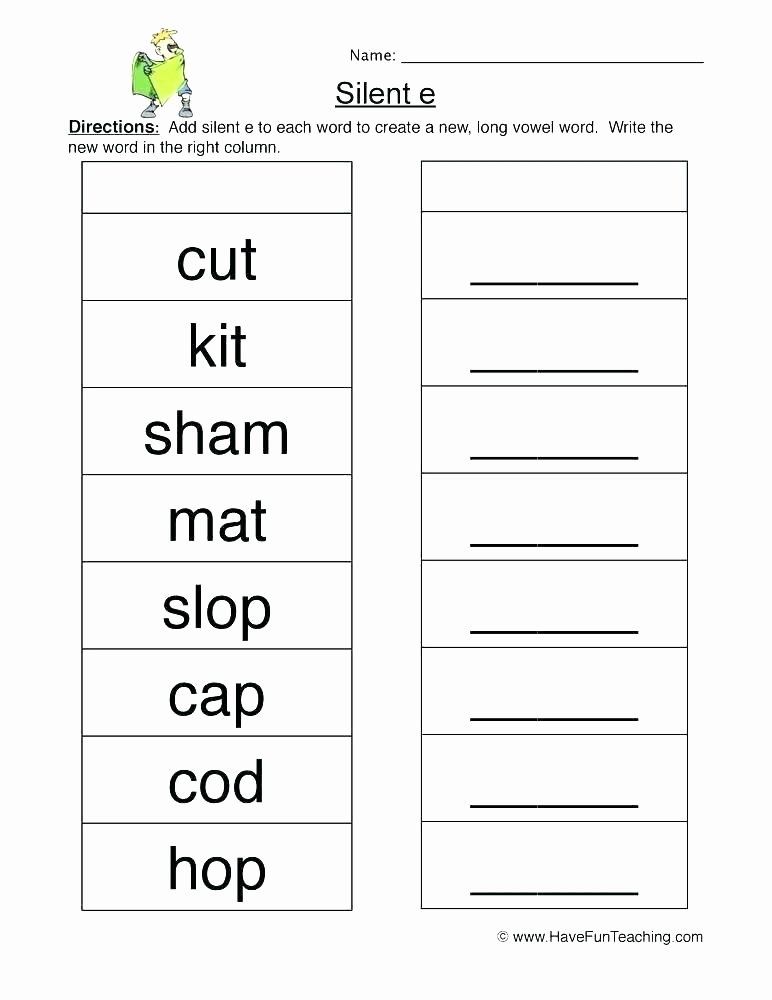
- Silent e makes the previous vowel long. The words bike and phone have a silent e at the end that makes the previous vowel long.
- Vowel teams can make the long sound. Vowel teams work together to make one sound, and usually, it’s a long vowel sound. For example, boat and meat both have vowel teams that make the long sound.
- I or O can be long when they come before two consonants. In words like cold and mind, i and o make a long vowel sound.
Long Vowel Words
Long vowel sound words are words that have vowels that say their name. Below are a few examples:
- Long a – baby, cake, rain, day, they, weigh
- Long e – me, eve, hear, meet, piece, candy
- Long i – silent, bike, light, my
- Long o – go, home, toe, boat, snow
- Long u – music, mule, pew, feud
Long A Sound
The long a sound can be represented by 8 different spelling patterns:
- a – baby
- a_e – cake
- ai – rain
- ay – play
- ei – reindeer
- eigh – weight
- ea – steak
- ey – they
Learn more about teaching the long a sound here, and check out my Long A Words Activities & Worksheets for printable activities.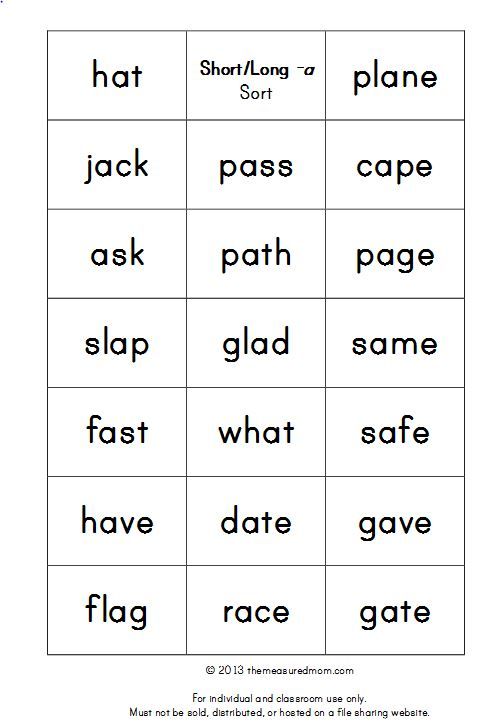
Long E Sound
The long e sound can be represented by 8 different spelling patterns:
- e – be
- e_e – eve
- ee – meet
- ea – beach
- ei – protein
- ie – piece
- ey – key
- y – candy
For ideas, tips, and tricks when teaching the long e sound, read this post all about teaching the long e vowel sound, and check out my Long E Words Activities & Worksheets for printable activities.
Long I Sound
The long i sound can be represented by 6 different spelling patterns:
- i – silent
- i_e – shine
- ie – pie
- igh – light
- y – my
- y_e – type
You can learn more about teaching the long I sound in this post. And check out my Long I Worksheets set in my shop for printable activities on the long i sound.
Long O Sound
The long o sound can be represented by 5 different spelling patterns:
- o – go
- o_e – phone
- oe – toe
- oa – boat
- ow – snow
You can learn more about teaching long o words and check out my long o worksheets.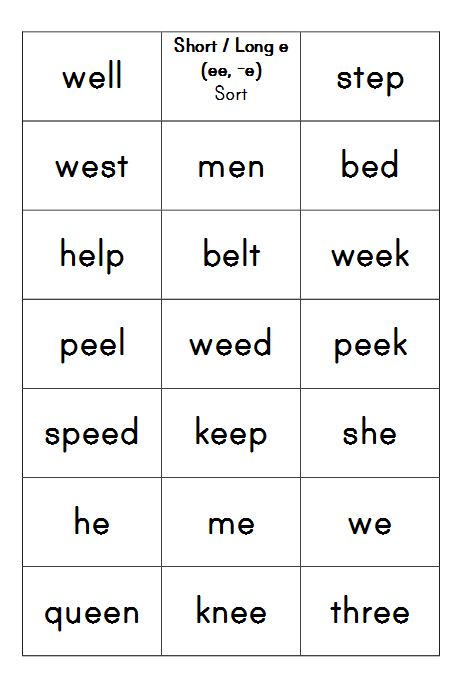
Long U Sound
The long u has two sounds: yoo (/y/ /oo/) and oo (/oo/).
The long u sound can be represented by 7 different spelling patterns:
- u – music
- u_e – mule
- ue – rescue
- eu – feud
- ew – few
- oo – food
- ou – soup
Learn more about teaching the long u sound here.
Tips for teaching the long vowel sounds
Teach one spelling pattern at a time!
I don’t mean one vowel sound, but just one spelling pattern. So for example, if you’re working on long a, you would work on the spelling pattern a silent e (cake, same, cave) until students have mastered it, then move on to ai, and so on. You should not be teaching multiple spelling patterns together, even though they make the same sound.
I know that most programs out there combine all the long vowel sound spelling patterns into one lesson, especially in spelling lists, but this does not work for struggling readers. You need to break it down for them and only do one at a time.
You need to break it down for them and only do one at a time.
Teach the syllable types.
Because syllables have a lot to do with whether vowels make the short or long sound, if students do not already know the 6 syllable types then teach them along with the long vowel sound.
Here are resources for each syllable type:
- closed syllable
- open syllable
- final silent e syllable
- vowel team syllable
- r combination syllable
- consonant le syllable
Use a variety of activities to practice each spelling pattern.
Games, dictation, word sorts, memory or matching with flashcards, word hunts, textured writing, body spelling, and bingo are all fun ways to practice the long vowel sounds.
The main activity that is often overlooked is dictation. It seems so simple but the task involves listening to a word, deciding on the spelling, and transferring that info to written form. These are all skills that struggling readers need to practice.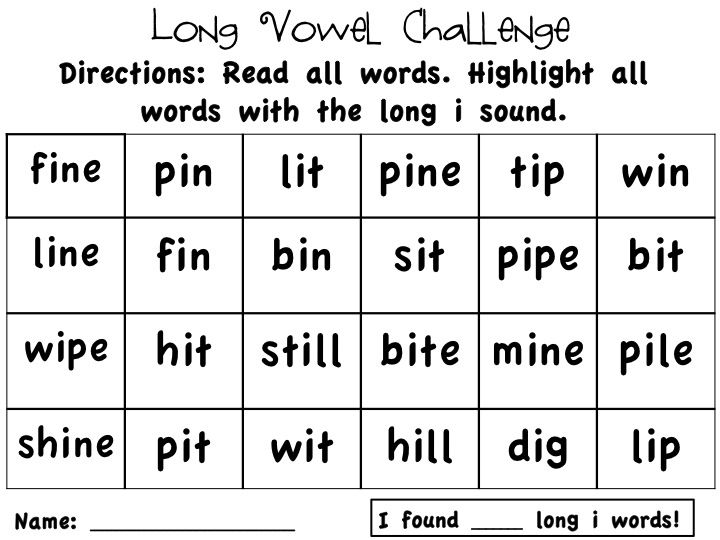
Teach the spelling generalizations.
Some of the long vowel spelling patterns are spelling rules that make it easy to remember.
For example, ai is usually found at the beginning or middle of a syllable, and ay is usually found at the end of a syllable. [Examples: rain, aim, play, daytime]
Here is another example with long o: oa is usually found at the beginning or middle of a word, and ow is usually found at the end. [Examples: boat, coach, snow]
Long Vowel Word List
I made these word lists to help teach the long vowels. I find it handy to have these on hand when playing phonics games or planning activities for long vowel lessons.
Grab them for free below!
Visit my Teachers Pay Teachers shop to see all my literacy products.Want to remember this? Save Long Vowel Sounds: Word Lists & Activities to your favorite Pinterest board!
Sharing is caring!
- Share
- Tweet
Delilah Orpi
Delilah Orpi is the owner and founder of Thrive Literacy Corner.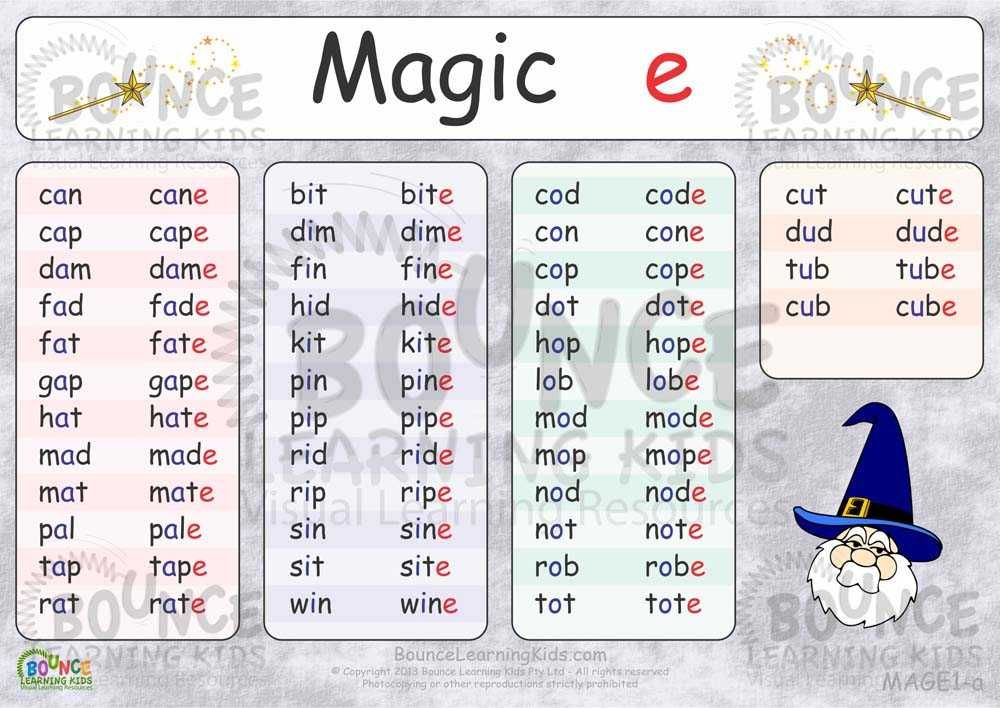 She has a Bachelor's degree in Special Education, a Master's degree in TESOL, and is a member of the International Dyslexia Association. She is an experienced educator and literacy specialist trained in Orton Gillingham and Lindamood Bell. Delilah creates literacy resources for educators and parents and writes to create awareness about dyslexia and effective literacy instruction based on the science of reading.
She has a Bachelor's degree in Special Education, a Master's degree in TESOL, and is a member of the International Dyslexia Association. She is an experienced educator and literacy specialist trained in Orton Gillingham and Lindamood Bell. Delilah creates literacy resources for educators and parents and writes to create awareness about dyslexia and effective literacy instruction based on the science of reading.
Similar Posts
Phonics | Spelling
How To Teach The Consonant -le Syllable
ByDelilah Orpi
Learn all about the consonant le syllable, including how to teach it using multisensory methods that follow the science of reading. You can find all my syllable posts here. And you can read The 6 Types of Syllables here, where I explain what a syllable is, how to count syllables, and go over the 6 syllable types.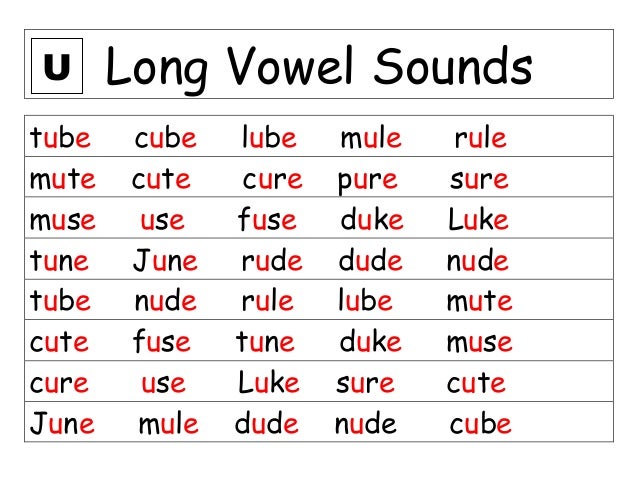 What…
What…
Read More How To Teach The Consonant -le SyllableContinue
Phonics | Spelling
How To Teach Long E Words
ByDelilah Orpi
Long e words are quite tricky to teach because there are so many different ways to spell the long e sound and there aren’t any rules or generalizations. With long e spellings, students must practice and be exposed to the words until they have mastered them. I’m going to break down each of the eight…
Read More How To Teach Long E WordsContinue
Phonics
All About the Open Syllable
ByDelilah Orpi
Next up in my syllable series, I’m going over the open syllable – what is the open syllable and how to teach open syllables using multisensory and Orton-Gillingham methods.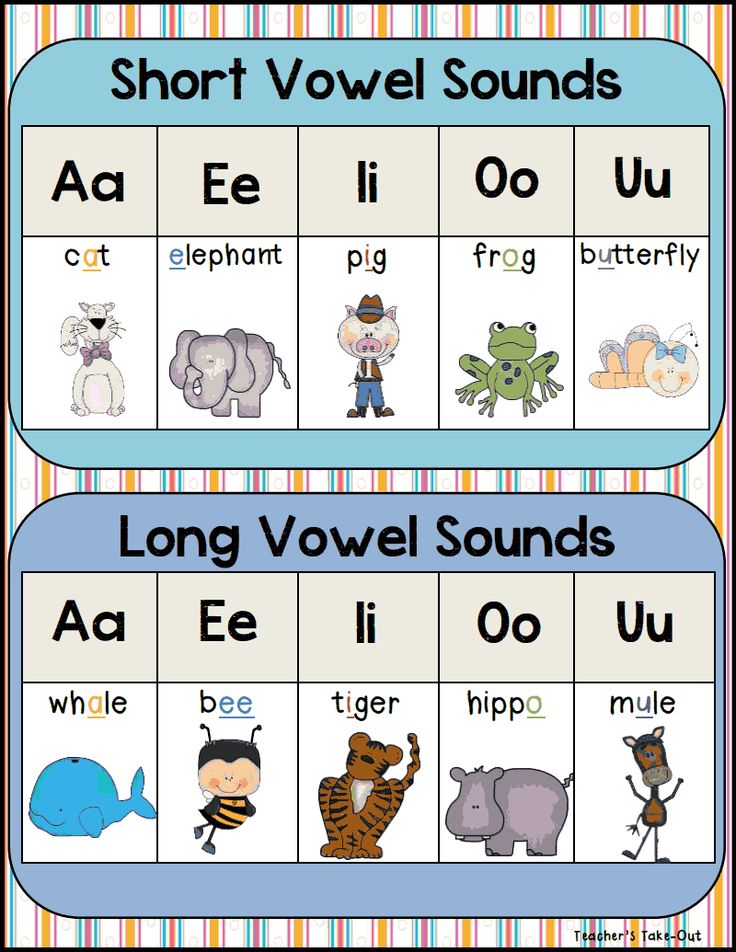 If you missed the previous syllables posts, you can find them here. What is an open syllable? An open syllable is a syllable with a long…
If you missed the previous syllables posts, you can find them here. What is an open syllable? An open syllable is a syllable with a long…
Read More All About the Open SyllableContinue
Complete Guide to Reading and Pronunciation
Welcome to our Telegram channel: short lessons on the most important conversational phrases with examples and exercises. Learn English with pleasure. Subscribe >>
This article will help you understand the peculiarities of the pronunciation of English sounds, and what combinations of letters they can be expressed in writing.
English pronunciation
English often sounds more dynamic than smoother Russian. It is slightly faster (about 10% - 15%, according to various studies), and sometimes it seems to us that not all words are pronounced in fast speech.
If you have difficulty understanding English by ear and want to hear English better, come to our free training "How to learn to understand English by ear".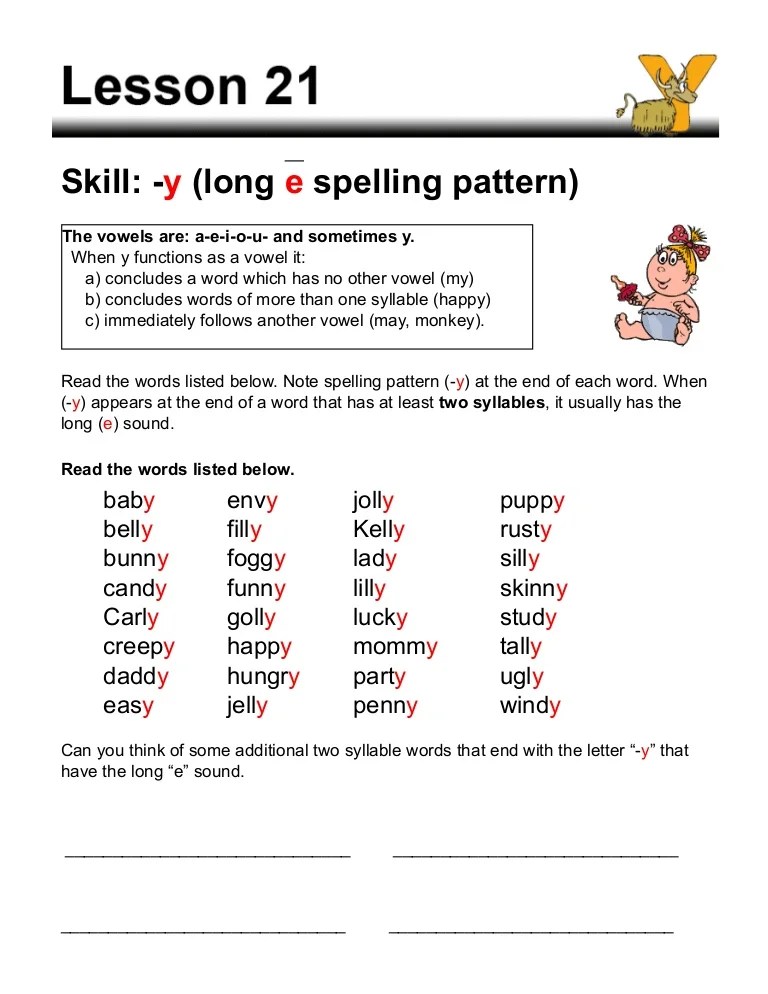 Registration is open!
Registration is open!
Despite the fact that the languages come from the same Indo-European family - which means that they are based on the same pronunciation system - there are a number of significant differences in the pronunciation of Russian and English sounds, words and phrases.
Important features of English pronunciation (compared to Russian)
English has more vowels than Russian. They are usually pronounced with less lip tension.
We have 6 of them: [a], [y], [o], [e], [i], [s], in English there are 12 of them: /ɪ/, /ɪː/, /ʌ/, / ɑː/, /æ/, /ɛ/, /ɜː/, /ɒ/, /ɔː/, /ʊ/, /ʊː/, /ə/.
English sounds usually have two variants:
short and long: /ɪ/ and /ɪː/, /ɒ/ and /ɔː/, /ʊ/ and /ʊː/
light and deeper: /ʌ / and /ɑː/
open and closed: /æ/ and /ɛ/
Unique English vowel sounds:
/æ / - a cross between A and E
/ɜː/ (soft O) - a cross between O and Y
/ə/ - weak schwa (extremely weak sound, something the middle between A, O, E - pronounced in most unstressed syllables).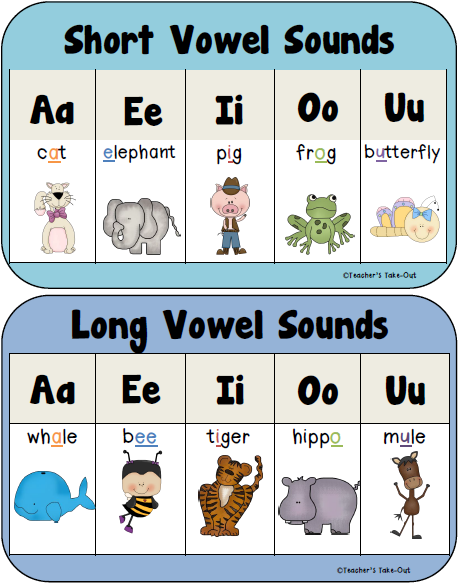
Our compound vowels E [ye], Yo [yo], Yu [yu], Ya [ya] are absent in English, but there are diphthongs.
English diphthongs are double sounds /aɪ/ ( Time ), /Eɪ / (Space) , /ɔɪ / (Boil) , /ɛə / (Care) , /əʊ / (KNOW) , /Aʊ / (now) , /ɪə/ (fear) , and /ʊə/ (cure) .
The first sound of the diphthong is pronounced more clearly than the second. That is why we often hear poorly or confuse words with diphthongs when listening.
English consonants often differ in their pronunciation even of sounds similar to Russian.

There are as many as 36 consonants in Russian (with 21 letters), but in English there are only 24. It is important to remember that even similar sounds (for example, /p/ or /d/ are pronounced differently than in Russian - see details in table below ).
Unique English consonant sounds:
/w/ semi-vowel, somewhere between U and B
/ð/ and /θ/ З (Ф and С in deaf variation)
/ŋ/ - nasal Н
The main difference between the pronunciation of Russian and English consonants is that in Russian we often deafen the final consonants (for example, the words year and goth may sound the same), and this does not happen in English. It is important to remember this, as we can confuse word pairs (for example, bed - bet ) and hear final consonants badly.
The so-called "clusters" - combinations of several consonants within or at the junction of words.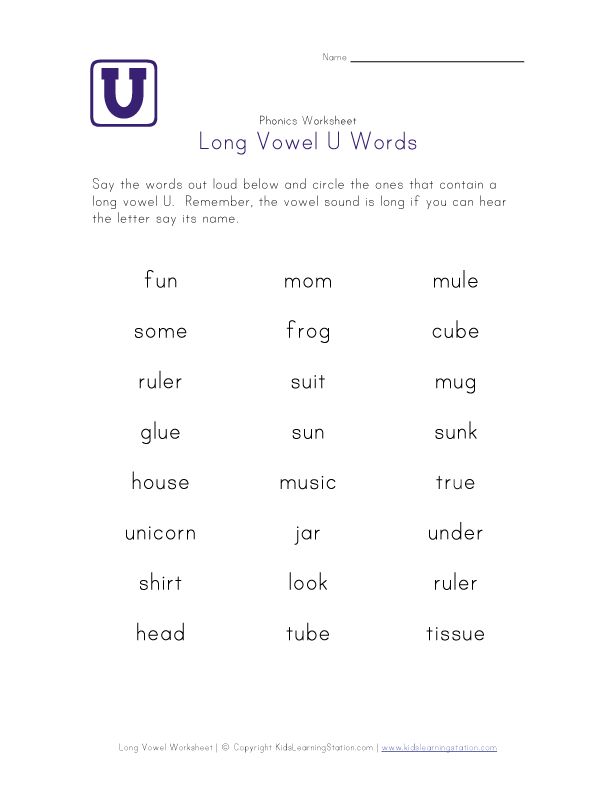 Words like three, sixth , and others can cause pronunciation problems.
Words like three, sixth , and others can cause pronunciation problems.
I recommend using the interactive sound table or the Cambridge mobile app to practice pronunciation of sounds and improve accent.
The same letter can represent several sounds depending on the position in the word.
The most important difficulty in learning English is mastering its rules of reading.
Despite the fact that there are only 26 letters in the English alphabet (as opposed to 33 in Russian), learning to read words and phrases in English is not easy.
1/ Vowels in the alphabet have a so-called "open" pronunciation, different from other European languages.
How to Read the Sounds of the English Alphabet 2/ The vowel sounds in stressed words are read differently depending on the type of syllable they are in.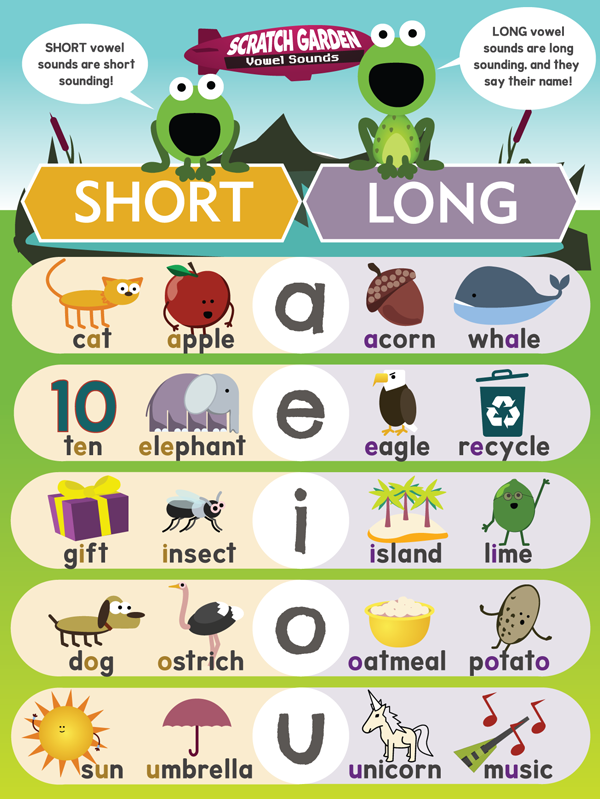
3/ Unstressed vowels are pronounced with a very weak schwa /ə/ sound.
This sound is so weak that we often cannot hear it. In our English pronunciation, we often pronounce it too intensely.
For example, the word vegetable is not pronounced VEGETABLE with the same intensity of all sounds, but /vedʒt(ə)b( ə )l/ , that is, after a clear stressed syllable VE come reduced syllables, all the sounds of which are read with schwa and are almost inaudible (and often not audible at all).
I will tell you more about this feature of English stress in the article “How to learn to understand English by ear”.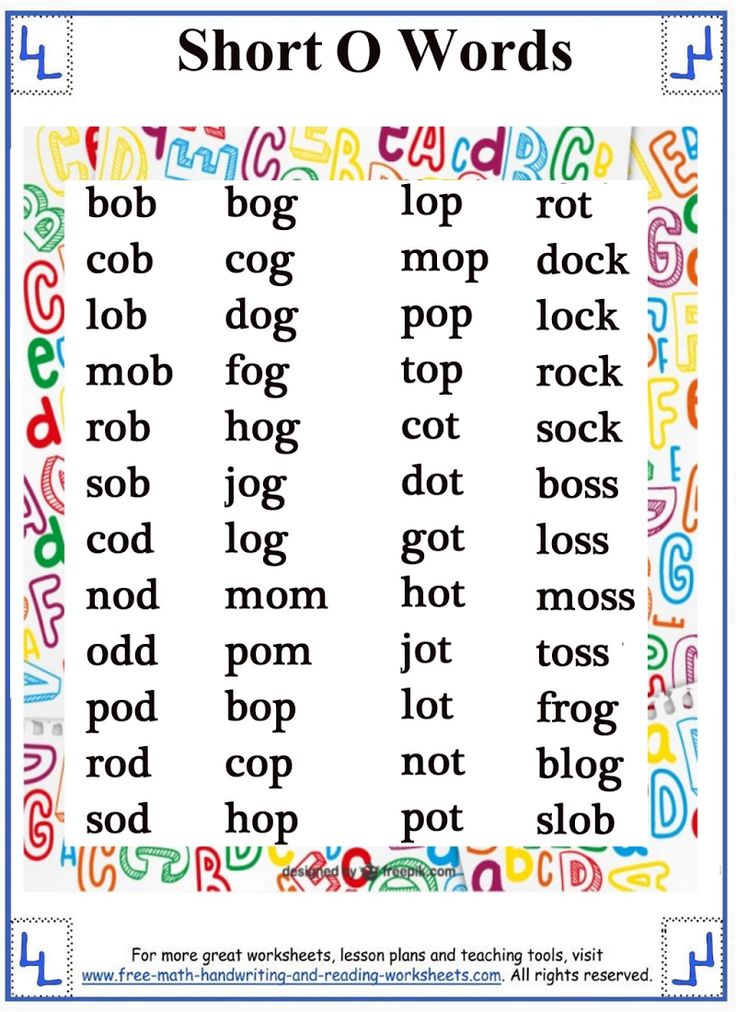
4/ Many vowels and consonants are written with letter combinations to remember.
Mistakes in pronunciation lead to problems in listening to fast English speech. I recommend purchasing our "Complete Guide to the Rules of Reading" . It will help fill gaps in your knowledge of pronunciation rules and help you avoid common mistakes.
Lips slightly stretched in a semi-smile, tongue in front of the mouth. Pronounce the Light I.
I F, F I LM, h I S
E at the ends of
DANC E S, Start E 6 D
W O MEN
E
E NGLISH, D E Cide
vill a ge, chocol a te
Lips slightly stretched, tongue in front of mouth.
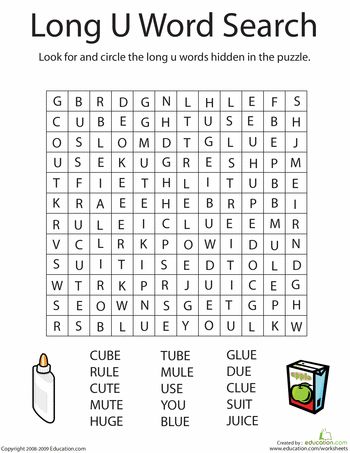 We pronounce a long I. We do not strain our lips.
We pronounce a long I. We do not strain our lips. S EE , SL EE P
Most of the words with EA
S EA , R EA 9000 D, E A T, PL EA SE
e open syllable
tr ee , b E , Th E SE
MACH I NE, POL I CE
F IE 9000 LD, P IE CE, Ach IE VE
EI
REC EI VE
EY at the end of
K EY , HOKK
EO oli EO olig eo ple
Lips slightly stretched, tongue in front of mouth.
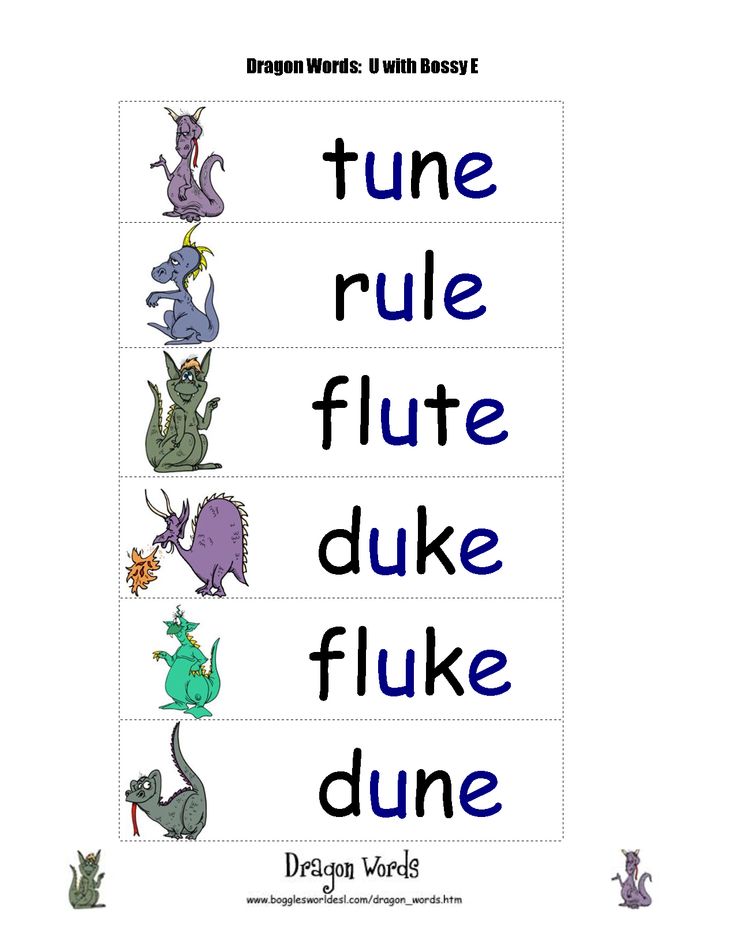 We do not lower the jaw. Say the closed E.
We do not lower the jaw. Say the closed E. E GG, b E T, W E NT
D EA 9000 D, BR EA TH
a
a ny, a te, s ay s, s ai0005 U
b U Ry
FR IE ND
L EI 9000 Sure
pl ai t
Do not strain your lips slightly. Say the light A
B U S, M U ST, F U NNY
ou
y OU NG, TR OU BLE
OUGh / ʌf /
EN OU GH, R OU 9000 GH
Some OO
BL 9000 OO D, FL OO 9000 OO 9000 OO 9000 OO 9000 OO 9000 OO 9000 OO 9000 OO 9000 OO 9000 OO 9000 OO
UL at the beginning of the words
U Ltimate, U LTIMATUM
Make a long one, but at the same time the company is widely opened.
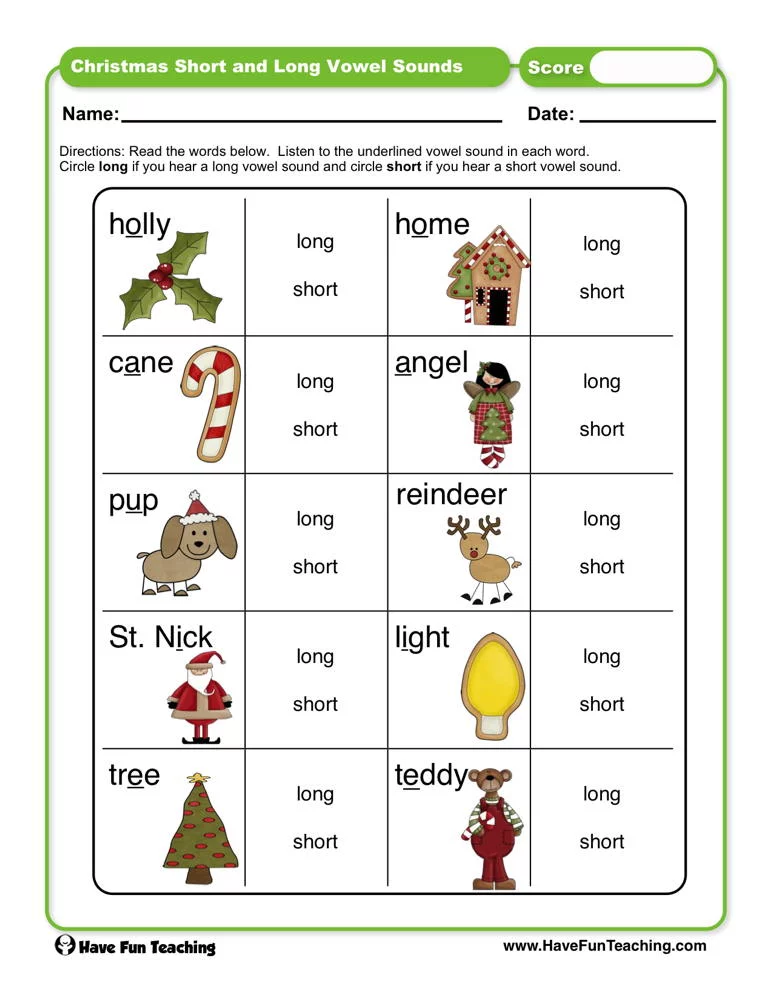 The tongue is moved away from the lower teeth, the base of the tongue is slightly raised. Sensation as if there was something round in the back of the mouth.
The tongue is moved away from the lower teeth, the base of the tongue is slightly raised. Sensation as if there was something round in the back of the mouth. C AR , C AR D, AR TIST, P AR 9000 K
F A Ther A Ther
EAR
H EAR T
sometimes AU
AU NT, L AU
H O T, SP O T, D O G
-CK
CL O CK O CK
O + Double consonant
b O TTLE
A after W, WH, QU
W A NT, WH A T, QU A Lity
9AT bec au se
ow
kn ow ledge
Pronounced drawlingly, as it is stressed, but the position of the lips in Russian is less tense than.

H Or SE, SP Or T, Res Or T
B OAR 9000 d
9000 l w , l w n
Most AU
AU GUST, P AU SE, AU DIO, D AU 9000 GHTER
A LL, W A TER TER TER TER TER TER AR AR After W, QU
W AR , W AR N, QU AR TER
D OORA , FL Oor
9000 OUR
F 9000 OUU , c our t
Ough + consonant
b Ough T, BR OUGH T, Th OUGH T 6
 We pronounce something between O and Y. The feeling is as if we are holding a straw from a cocktail in our mouth, but we do not push our lips forward.
We pronounce something between O and Y. The feeling is as if we are holding a straw from a cocktail in our mouth, but we do not push our lips forward. h ER, V ER B
G IR L, F IR ST
F UR UR UR 9000, T UR UR
W or D, W Or K, W Or LD
OUR + Consistent
OUR NEY, C OUR TESY
EAR
l ear n, ear th
Slightly less lip tension than in Russian. The back of the tongue is slightly raised. The lips are rounded, but slightly. Pronounce the long U.
F OO D, M OO D
9000 U in open syllable
M U 9000 Sic, S UI 9000 T
U in words with words with with words end mute e
t u ne, J u ne, bl U E
EW
CH EW
D O , M O VE, SH O E
9000
9000 9000 9000 9000 ° C.
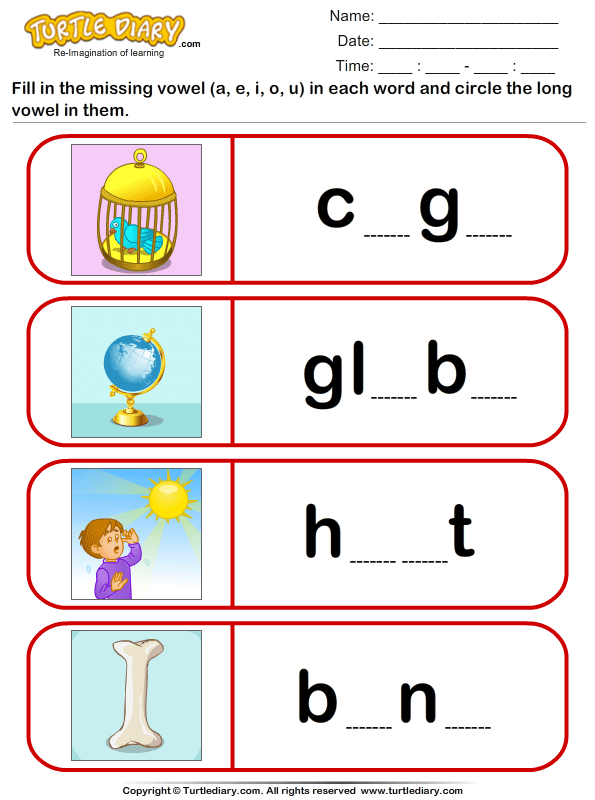 P, ThR OU 9000 GH
P, ThR OU 9000 GH UI
J UI CE
EAU
B EAU TIFUL 6
B OO K, G OO D
U
P U T
9000 OU 9000 9000 ° C 9000 ° LD 9000 LD 9000 LD 9000 LD 9000 LD 9000 LD 9000 OU 9000 OU 9000 OU 9000 OU 9000 OU 9000 OU 9000 OU 9000 OU 9000 OU 9000 OU 9000 OU 9000 OU 9000 OU 9000 OU 9000 OU 9000 OU 9000 OU 9000 OU 9000 OU 9000 OU 9000 OU 9000 OU 9000 OU 9000 OU 9000 OU 9000 OU 9000 OU 9000 OU 9000 OU 9000 OU 9000 OU 9000 ° B 9000 $
W O MAN
FIFTONGI
| Sound | Proceedings0173 Exception words | |||||||||||||||||||||||||||||||||||||||
| /aɪ/ | "Ai" Position of the lips as when pronouncing the sound /ʌ/, but the lips are slightly more tense. 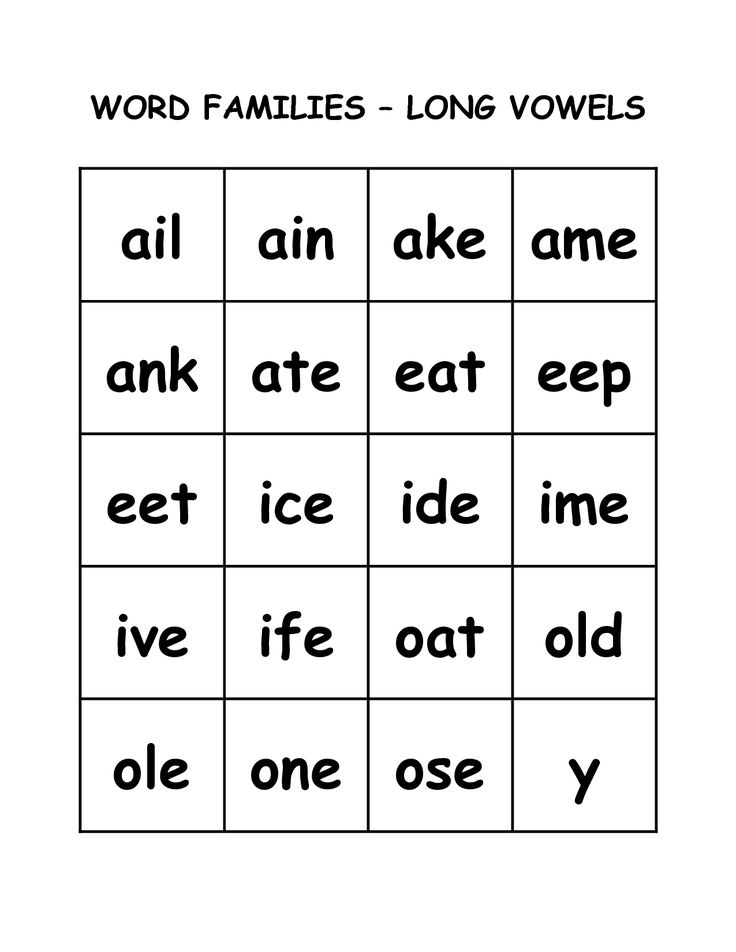 After the first sound, immediately the tongue moves up to pronounce the sound /ɪ/. The second element of the diphthong is pronounced with less intensity. After the first sound, immediately the tongue moves up to pronounce the sound /ɪ/. The second element of the diphthong is pronounced with less intensity. | i in an open syllable in words with mute ending e wr i te, f i ve, d0006 P I NT EYEE EI EI Theer, N EI B 9000 UY , 9000 UY UY 9000 UY 9000 UY 9000 UY 9000 9000 9000 6, G UY UM /eɪ/ | "Hey" The position of the lips as when pronouncing the sound /e/. After the first sound, immediately the tongue moves up to pronounce the sound /ɪ/. The second element of the diphthong is pronounced with less intensity. | a in open syllable R A DIO, F A VOORITE In words with the final dumb E PL A TE, P A 9000 GE 9000 AI P AI 9000 AI 9000 N, SP AI N, R AI N, P AI D AY D AY , AW AY | GR 9000 EA T, BR 9000 T, BR 9000 T, BR k ei EI GHT, V EI L EY Th EY , GR EY | |||||||||||||||||||||||||||||||||||
| / ɔɪ / ɔɪ/ | "OI" The first sound is pronounced a little more, the first sound is pronounced. 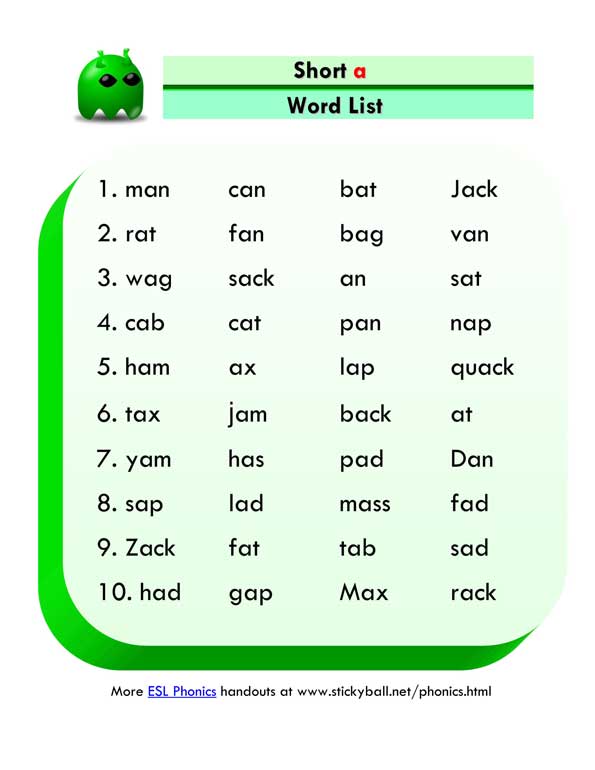 sound /ɒ/. After the first sound, immediately the tongue moves up to pronounce the sound /ɪ/. The second element of the diphthong is pronounced with less intensity. sound /ɒ/. After the first sound, immediately the tongue moves up to pronounce the sound /ɪ/. The second element of the diphthong is pronounced with less intensity. | oi b oi l, sp oi l oy 6 T OY , ENJ OY | | |||||||||||||||||||||||||||||||||||||
| / ɛə / | "EA" Pringes the vowel [e] in a word , after the pronunciation of the weak ə] with a hint of sound [ʌ]. The second element of the diphthong is pronounced with less intensity. air are c ARE , SP ARE | EAR P EAR , T EAR (tear) ERE ERE 9000 9000 9000 9000 9000 9000 9000 9000 9000 9000 9000 9000 9000 9000 9000 9000 9000 9000 9000 9000 9000 9000 9000 th eir | ||||||||||||||||||||||||||||||||||||||
| /ɪə/ | “Ia” Position of the lips as when pronouncing the sound /ɪ/, and then finish with a weak [ə] with a hint of the sound [ʌ].  The second element of the diphthong is pronounced with less intensity. The second element of the diphthong is pronounced with less intensity. | eer b eer , d eer ere h ere ear d ear | ier f ier CE EIR W EIR D EA ID , EA L | 3 /əʊ ɔ/, then round the lips a little more and move on to /ʊ/. The second element of the diphthong is pronounced with less intensity. | O at the end of the words S O , Mexic O , AG O In words with the final dumb E ST O NE, h O ME, t, t. 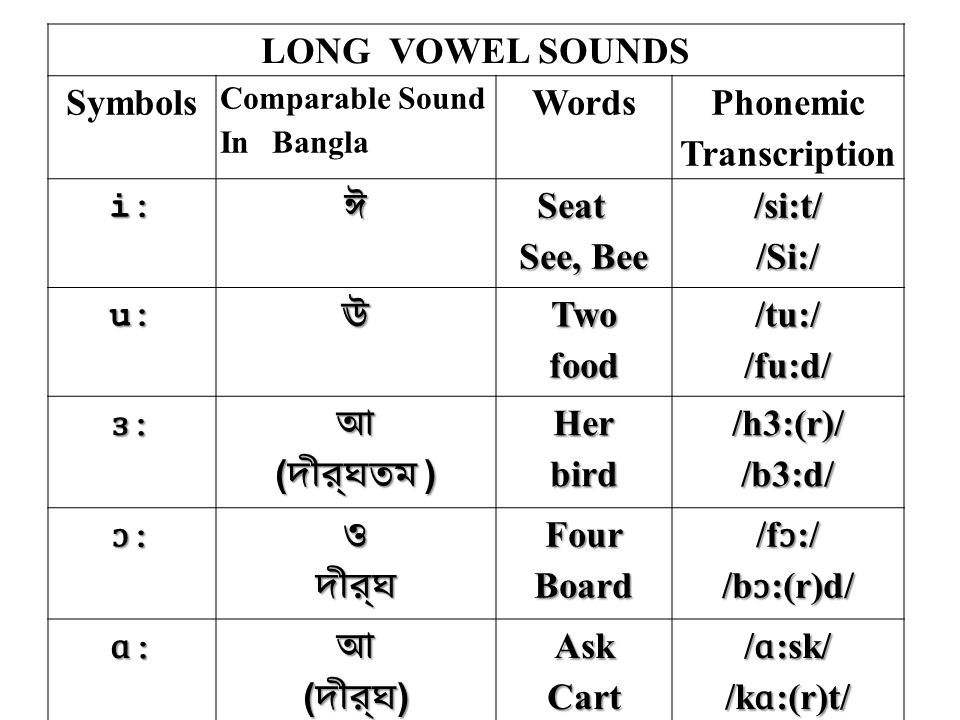 O E O E OA B OA T, C OA ST | Before LD C O LD 9000 ow L OW sometimes OU SH OU LDER | ||||||||||||||||||||||||||||||||||
| /Aʊ / | most ow n ow , br ow n, h ow , t ow EL Most OU H OU SE, OU T, GR OU ND | | ||||||||||||||||||||||||||||||||||||||
| / ʊə / | "POTITION OF GABLS AM POPERATION OF THE POPERATION OF THE POPERATION OF THE POPERATION OF THE POPPITION OF THE POPPIRE OF THE POPPIRE OF THAT ʊ/, but the lips are a little more tense, and then we end with a weak [ə] with a hint of the sound [ʌ]. The second element of the diphthong is pronounced with less intensity. The second element of the diphthong is pronounced with less intensity. | u in open syllable d u ring, j u ry, sec S O, S EE, S IDE at the ends - after a deaf consonant S , Writ ES 9000 9000 SS 9000 9000 9000 CRO 9000 SS 9000 SS 9000 SS 9000 SS FU SS Y (with the exception of Scissors, Possess ) S + consonant LA S T, S CI 9000 C 9000 C 9000 C 000 ENTRE sc Ivent, C YCLE, JUI C Y | Sometimes S at the end of the words BU S SE MOU SE , CEA SE in the middle of words (between vowels) ba s ic | |||||||||||||||||||||||||||||||||||||
| /ʃ/ | "Sh" The sound is similar to Russian Sh, but a little softer | sh sh op, wi SH at the ends with TI- and CI - EDUCA Ti ON, Ini Ti MUSI CI CI 9000 OUS | 9000 CH in words origin ma CH Ine, CH Ampagne, Ni CH E S In S URANCE, S 9000 URE | 2 | ||||||||||||||||||||||||||||||||||||
| / TAR / TA The sound is similar to Russian Ch, but a little softer.  | Ch- Most of the words CH In, Ri CH TCH MA TCH , KI TCH 9000 EN TU- in Suffixes 9000 TU Re, Na TU Re, Pic TU Re, Tempera TU Re | | ||||||||||||||||||||||||||||||||||||||
| / ʒ / | "F" Sound is similar to Russian, but much softer. The middle part is raised up, the tip is slightly raised. Compared to Russian, Zh is pronounced in the middle (and not in the front) part of the mouth. | Before the ends of C -U or -I PLEA SU Re, U SU Al, VI SI | -GE (in words of French) BEI 9000 GE 6 , gara ge | |||||||||||||||||||||||||||||||||||||
| /dʒ/ | J Pronounced like /tʃ/, but louder. When pronouncing /d/, the tip of the tongue is raised up and pressed against the alveoli (tubercles at the base of the upper teeth), then the tongue is transferred to the middle part of the mouth and soft /ʒ/ is pronounced | J J AM, J GE, GI, GY Mana GE , A G ENT, G YM, IMA G ANE, ANE, ANE, ANE, ANE, ANE, ANE, ANE G In G ER (with the exception of GET, Give ) -DGE Ju DG | 9 / J / J / J / J / J / J / J / J / J / J / J / J / J / J / J / J / J / J / J / J / J / J / J / J / J / J / J / J / J / J / J / Y, but with a smaller raising of the tip of the tongue up. | 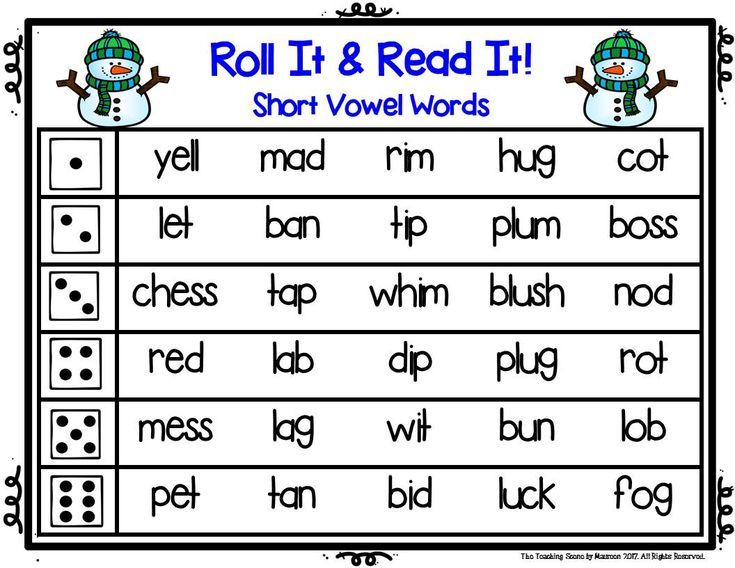 The edges of the back of the tongue are pressed against the upper teeth. The sound comes out through the middle of the tongue. The edges of the back of the tongue are pressed against the upper teeth. The sound comes out through the middle of the tongue. Y at the beginning of the words | Y Ellow, Y OU U sometimes at the beginning of words U NIVERSITY, U Se 9000 9000 after agreed E Autiful, D EW , F EW , Arg U E, QU E UE, M U SIC, N EW , P U Re re, T U NE | at the beginning of words E Urope, E Uropean / Z / | "Z" | Sound is similar to the Russian Z Z Z OO Z Z Z Z Z Z Z Z Z Z Z Z. |  In the middle of the words In the middle of the words MU S IC, PLEA S ANT S, sometimes at the end of the words WA S , HA S at the ends - after the consonant or glasnaya 9,000 DOG S , Add S , Listen S | / H / | "X" (much weaker compared to Russian) | is pronounced on exhalation. Unlike Russian, no bow is made at the back of the mouth. The tongue does not participate in the formation of this sound, but takes a position for the next vowel. h | h ot, h and who0006 o, wh om, wh ole Feeling a bit like spitting. P | P EN, P Ull, Ta P | / B / | "B" | Sound is similar b all, b ottle, ri b | /t/ | "T" round and noisy. | 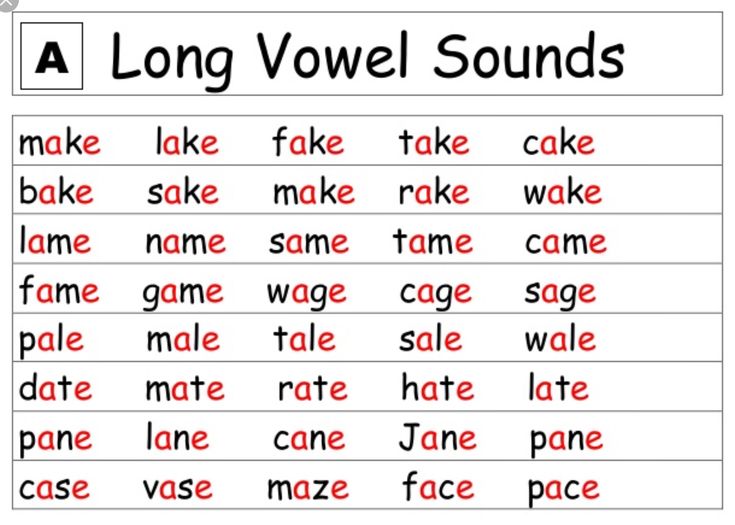 T | T ABLE, T IME | / D / | "D" | Sound is similar to Russian tons, but when it is pronounced, the end of the language is placed on the album ( base of the upper teeth), and the sound is more rounded and noisy. D | D Rone, D Ull, MU D | "K" | 9,0005 K. K , AN K LE CK LO CK , SO CK C (except CE, CI, CI) 9000 LUE, C LONE, LONE, c ould | / g / | “G” | is similar to the Russian G G at the end of the words | MU G G , An 9000 G LE In the middle and -Gue at the end of the words LEA GU , Pro GU E, LAN GU Age | / L / | "LAS" | Sound is pronounced during the ON tongue on the alveoli and with a slightly elevated posterior palate.  Pronounced something between L and L. The lateral edges of the tongue are lowered, forming a passage for the air stream. Pronounced something between L and L. The lateral edges of the tongue are lowered, forming a passage for the air stream. L, LL | L AMP, L IST, A L IVE, BEL L Y 6 | / R / | 3 "RA from Russian. The tongue lies flat, and then the tip of the tongue rises, folding into a kind of "roll", while not touching anything in the mouth. It is important that in English the tongue does not form a barrier to the movement of air and does NOT vibrate. | r, rr | R EAD, R AW, CO RR ECT WR at the beginning of WR ONG, WR ITE | | M, MM M AY, Re M E M BER, SU MM | | / N / | N" The sound is similar to Russian N. | N N AME, PAI N KN at the beginning of the words KN EE, KN IGHHT | 9 | / » nasal ng si ng , pi ng 0176 | /f/ | "F" | The sound is similar to the Russian F. The lower lip is slightly pressed against the lower teeth. F | STU FF , SA F E, F A PH PH One, PH 9000 YSICSS -9000 0006nou gh , tou gh , rou gh , lau gh /v/ | "V" | The sound is similar to the Russian V. 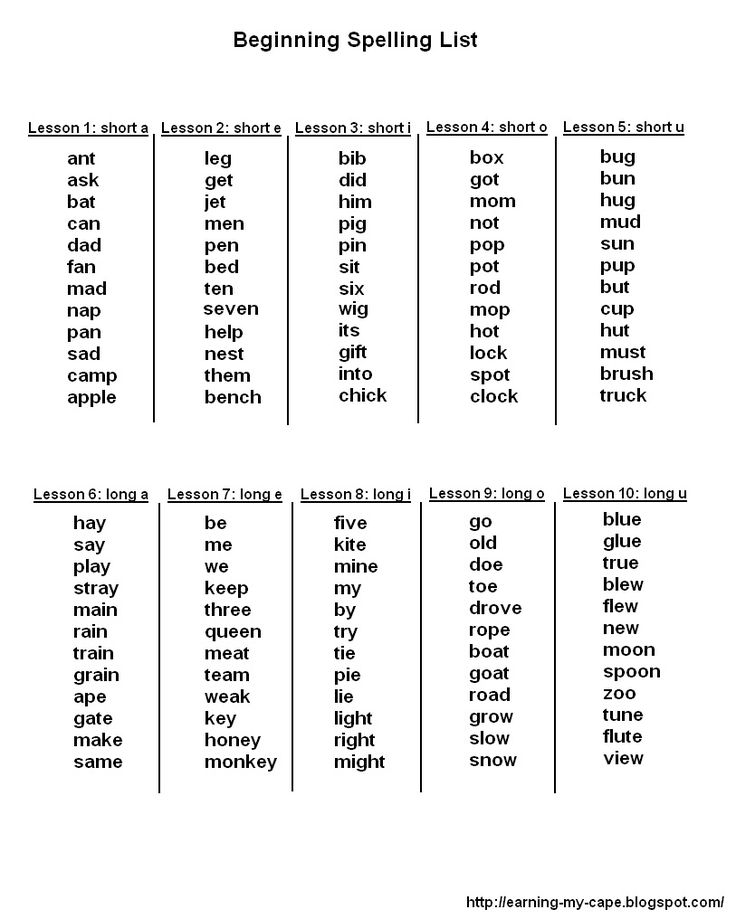 The lower lip is slightly pressed against the lower teeth. The lower lip is slightly pressed against the lower teeth. V | V Ery, Pro V E | / W / | something between B. | A sharp opening without touching the teeth) and release the air. The lips immediately move into position to pronounce the next vowel. w | W AR, W ANT, W In WH- (except WHO) AT, WH EN, WH 9000 Y | 9 /ð/ | Voiced interdental sound. Something between B and Z. We put the tip of the tongue between the teeth and pronounce V. The tongue is flattened and not tense. The tip does not need to be pushed far forward. We make sure that the tongue does not go back and does not rest against the lower teeth, as this can lead to whistling. | 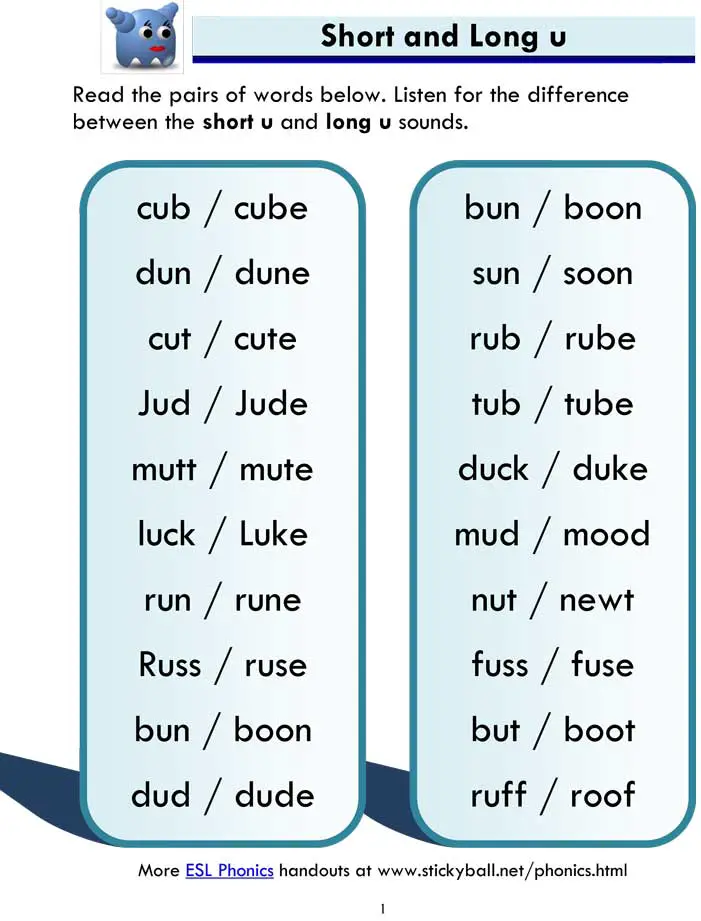 We remove the tip of the tongue inward when pronouncing the next vowel. We remove the tip of the tongue inward when pronouncing the next vowel. Th between vowels | BREA Th E, BA Th E, Bro Th ER At the beginning of some words | 9000 9000 9000 $ 9000 OUG th is th Something between B and Z. We put the tip of the tongue between the teeth and pronounce F. At the same time, the tongue is flattened and not tense. The tip does not need to be pushed far forward. We make sure that the tongue does not go back and does not rest against the lower teeth, as this can lead to whistling. We remove the tip of the tongue inward when pronouncing the next vowel. at the end of the majority words | My Th , PA Th , Wor Th , Heal at the beginning of some words 9000 EME, TH RAU, 9000 RAU th umb, th ing | |
We invite you to our Telegram channel: short lessons on the most important conversational phrases with examples and exercises.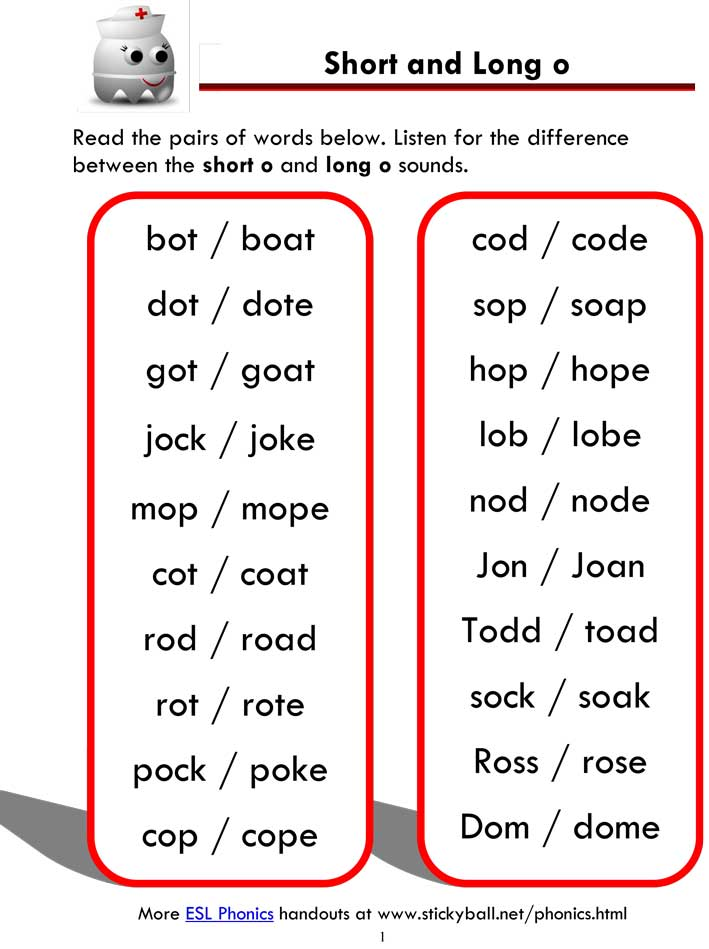 Learn English with pleasure. Subscribe >>
Learn English with pleasure. Subscribe >>
Problem sounds
We have relatively few problems pronouncing English sounds compared to speakers from other language families. However, there are a number of sounds that we need to pay special attention to.
| Sounds | possible errors | Words |
| The tongue is strained and begins to vibrate. It sounds harsh and closer to Russian than to English. | ||
| /w/ | The upper lip touches the lower teeth and the opening of the lips is not fast enough. The sound comes out like /v/ or is even replaced by /v/. | can be confused: W ET - V ET W INE - V In W V EST |
/ upper sky, and the sound is replaced by /n/. In the popular letter combination NG, an unnecessary /g/ is pronounced. In the popular letter combination NG, an unnecessary /g/ is pronounced. | Si NG , Ri NG , Ki NG Sleepi NG , MAKI NG | |
| 9000 / ð / / θ / | 9 , Can be confused: th ink - s Ink Th ANK - S Ank BO Th - BO SS ICK - S ICK 9000 ING Difficult words: Th REE, Th ROW, Th Rive, Th RouchH, CLO Th ES | |
9000 with vibration of the rear palate.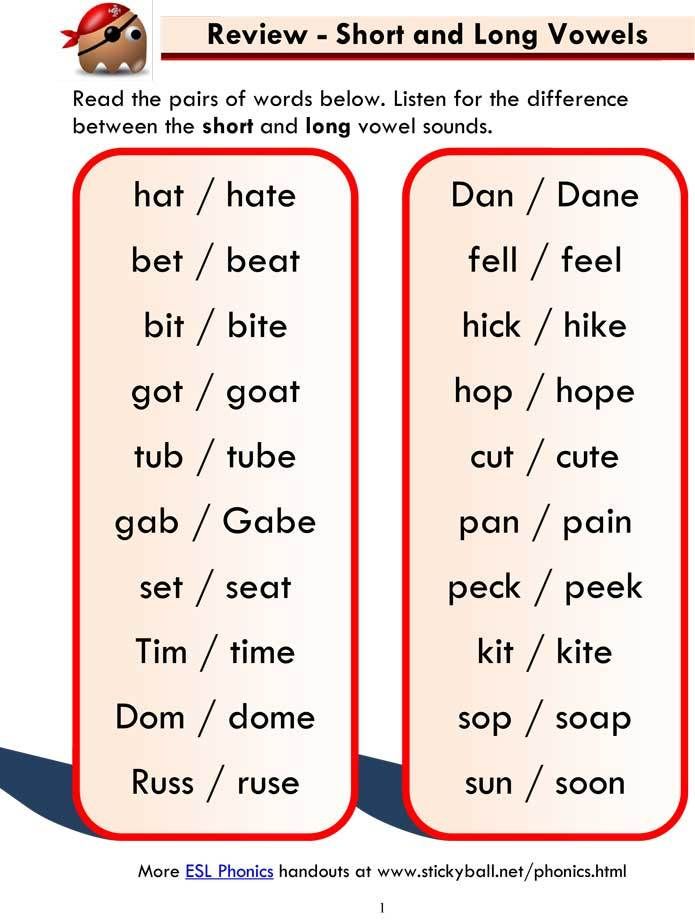 |
Useful online resources
- BBC Learning English video series on the pronunciation of sounds in a British accent.
- Contrast sounds in pairs - English club material
- Perfect Pronunciation from the famous dictionary Merriam Webster. Practice the sounds of the American accent.
- Youtube channel Rachel’s English is also an excellent resource for learning the pronunciation of the American English accent (for advanced students)
- Sounds American is another Youtube channel with explanations and exercises for practicing the American accent.
- Learning to pronounce English sounds from an Australian teacher - mmmEnglish .
- Thevoicecafe is an English accent training school. Online exercises, mobile app, Skype lessons.
We invite you to our Telegram channel: short lessons on the most important conversational phrases with examples and exercises. Learn English with pleasure. Subscribe >>
Learn English with pleasure. Subscribe >>
Recommended dictionaries with audio support
Collins English Dictionary is the most up-to-date dictionary for English learners. All possible pronunciations of words are indicated; for many words, videos have been recorded showing how to pronounce these words correctly. The frequency of the word is indicated - how often it is used in colloquial speech - and its most popular combinations.
Oxford Learner's Dictionary (British and American) is an invaluable resource for English learners. Dictionary English-English, however, the description of the term is specially simplified for non-native speakers. The words can be heard in British and American pronunciation. There are voiced lists of words (also in two accents) on all possible topics.
Forvo is a large database of words spoken by native speakers in all possible languages and accents. There is a voiced guide to travel phrases (you need to select Russian in the list of languages).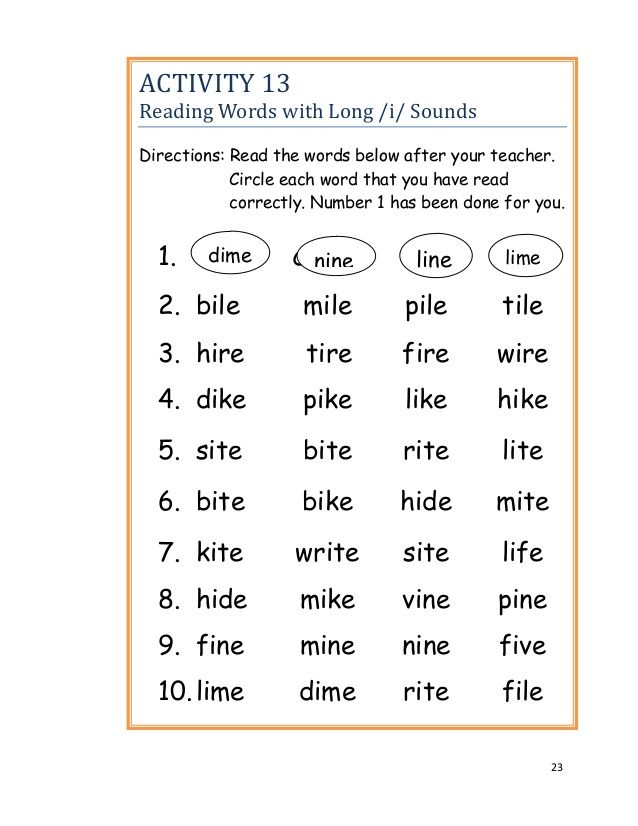
ABBYY Lingvo Live is a Russian resource in collaboration with Collins Dictionary. Two parallel pronunciations are indicated in British and American accents.
The best textbooks for learning English pronunciation
Sounds in English: pronunciation, transcription 🗣️
Sometimes you talk to a foreigner in English, but he doesn't understand you. And then you find out that the letter “a” alone can be pronounced in six different ways. We understand English sounds in order to sound correctly and speak the same language with foreigners.
In English, the number of words that are not pronounced at all as they are written is very high - this is the result of historical changes and the standardization of written English in the 17th century. Knowing how English sounds are read, you can almost always read even the most intricate word.
The English alphabet has 26 letters, 20 vowels and 23 consonants. The more you delve into the English language, the more difficult words you will meet along the way. The science of phonetics will come in handy here, just in time. And we will share life hacks on the study of this topic.
The more you delve into the English language, the more difficult words you will meet along the way. The science of phonetics will come in handy here, just in time. And we will share life hacks on the study of this topic.
Transcription of English sounds
In order to study all possible variations of sounds, linguists have developed an alphabet that contains special characters. This alphabet was called International Phonetic Alphabet (International Phonetic Alphabet).
These symbols are used in modern transcriptions of English words. Transcription, by the way, is a graphic representation of sounds. Indicate the transcription in square brackets.
Let's look at the examples below, how one letter can be read in two different ways. The difference in pronunciation can depend on the type of syllable, the position of the letter in the word, and whether the vowel is stressed.
- In the word type (print/type), the letter y is in an open syllable and therefore reads like [aɪ].
- In the word copy (copy / copy), the letter y is in an unstressed syllable at the end of the word and therefore reads like [i].
However, it is worth trying to learn the pronunciation of sounds and various combinations of sounds. There is no division into short and long consonants in Russian. In English, the incorrect pronunciation of such vowels leads to significant changes in the meaning of the word.
So, for example, confusing the short and long sound [i] (read as “and” in the Russian word “game”), you can accidentally say “I boarded a sheep” - I boarded a sheep [ʃ iː p], not "I boarded a ship" - I boarded a ship [ʃ ɪ p].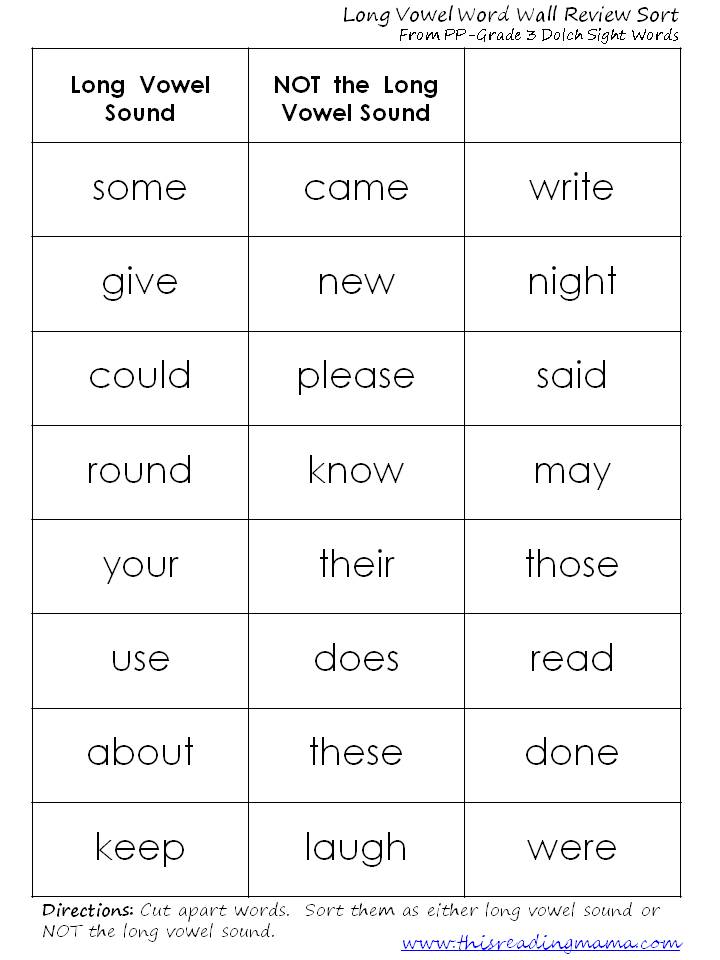
English proficiency test
This English proficiency test was compiled by the Skysmart online school tutors. They prepared interesting and relevant tasks on modern topics to make the test both useful and interesting
General Table of Consonants and Vowels of English (IPA)
Below is a table of all known English phonemes. The vowels are in the gray area and the consonants are in the yellow area. Short and long vowels are indicated on a light gray background, and diphthongs - sounds consisting of two elements - are located on a dark gray background.
All consonants are located on a yellow background and differ in font color. Voiceless consonants ( voiceless/unvoiced ) are marked in gray, and voiced ones ( voiced ) - black.
How many English words do you already know?
Let's define your vocabulary - without complex questions and with the help of smart algorithms.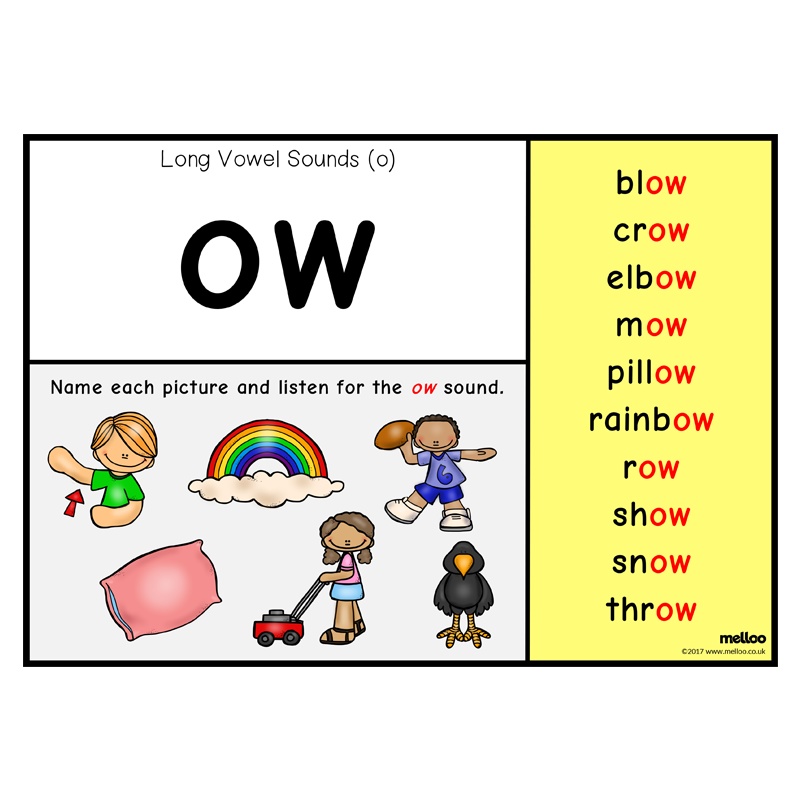
Classification of sounds in English
In English, sounds are divided into two groups: vowels and consonants. Let's take a look at them.
Another effective way to quickly memorize English sounds is to sign up for English lessons for children 8 years old online at Skysmart School.
Vowel sounds of the English language
From the school curriculum of the Russian language, we remember that the main characteristic of vowel sounds is their melodiousness. This is due to the fact that when pronouncing a vowel sound, the air passing through the vocal cords vibrates and the sound freely leaves the oral cavity without encountering any obstacles in its path. Here is the rule for pronunciation of vowels:
| Vowel | IPA | Word examples | Vowel | IPA | Word examples |
| /a/ | æ | c a t | /oo/ | - | l oo k, w ou ld, p u t |
| /e/ | e | p e g, br ea d | /ar/ | ɑ: | c ar t, f a st (regional) |
| /i/ | ɪ | p i g , g i ve | /ur/ | ɜ: | b ur n, f ir st, t er m, h ear d, w or k |
| /o/ | ɒ | l o g, w a nt | /au/ | ɔ: | t or n, d oor , w ar n, h au l, l aw , c a ll |
| /u/ | - | pl u g, l o ve | /er/ | ə | wood e n, circ u s, sist er |
| /ae/ | eɪ | /ow/ | a' | d ow n, sh ou t | |
| /ee/ | i: | sw ee t, h ea t, th ie f, th e s e | /oi/ | ɔɪ | c oi n, b oy |
| /ie/ | aɪ | tr ie d, l igh t, m y , shin e , m i nd | /air/ | eə | st air s, b ear , h are |
| /oe/ | or | r oa d, bl ow , b o ne, c o ld | /ear/ | ɪə | f ear , b eer , h ere |
| /ue/ | u: | m oo n, bl ue , gr ew , t u ne | /ure/ | ʊə | p ure , c u re |
Demo lesson in English
Let's determine the level and set a goal, and then we will teach you to speak English fluently.